Back in July, I wrote three posts about a walk through the City of London to photograph the pubs. The majority were closed, and being a weekend, the City was quiet. A couple of Monday’s ago I had to be in Clerkenwell, so as usual, I took the opportunity for a walk, this time through the City.
In decades of walking London, I have never seen the City of London as it is today. Offices empty, shops closed, the streets deserted.
The pandemic will pass, but it will be interesting to see whether the City of London will return to a pre-COVID city, or perhaps changes in working patterns will result in a different city.
Last August, I downloaded data from the Department for Transport which shows the impact on transport systems. I have downloaded the latest data which runs from the 1st March to the 26th October 2020. The data provides usage as percentages of an equivalent day or week.
The following graph shows usage on the London Underground.
The graph shows that after the initial lock down, there was a gradual increase in use, however the graph is now on a downward trend as a second wave arrives.
Interesting that the peaks are the weekends, so as a percentage of the equivalent week, the reduction is not as bad as weekdays, however they are still very low, with the weekend of the 24th and 25th October coming in at 37% and 41% for the two days.
The Monday I was walking through the City, underground usage was 32% of the equivalent day pre-COVID.
London bus travel has returned to a slightly higher level, but is still averaging 56% of pre-COVID usage, and the initial growth in use has stalled and possibly reducing as shown in the following graph:
The drop to zero is the period when Transport for London introduced the middle-door only boarding policy, with no requirement to touch in, so obviously lost any meaningful passenger number data.
I started on the south bank of the river as I had been looking at alleys in Bankside and at 10:20 on a Monday morning, walked across a very quiet Millennium Bridge:
10:45 – standing on the steps of St Paul’s Cathedral, looking down Ludgate Hill:
St Paul’s Cathedral has reopened to visitors and a security tent has been erected on the steps:
Waiting for the visitors:
If you want to avoid crowds, now is probably a good time to visit the cathedral, although the Whispering Gallery and the Golden Gallery at the very top are currently closed.
10:50 on a Monday morning and Paternoster Square:
10:57, and looking down Cheapside from the junction with New Change:
Many of the City’s streets have been closed to traffic, made into one-way streets, and have additional pedestrian and cycle spaces. Cheapside is now closed as a through road with the exception of cycles.
11:18, the Bank junction:
The view looking down Old Broad Street, now a single lane street for one way traffic, with the other lane now allocated for cycle lanes.
I am unsure of the changes being made to the City’s roads. Cycling is far better than traffic, there is no doubt about that, however ever since I started working in London in 1979, the city has been busy and noisy. Busy pavements and busy roads with red busses, black cabs and general traffic, and it is that which makes a city live. Without people, without busy roads, the city feels very hollowed out.
There is a wealth of data made available online by various Government departments and the Mayor of London. I have shown some of the Department for Transport statistics earlier in the post, and the Mayor of London makes data available on the utilisation of the Santander Cycle Hire Scheme. This covers the whole of the scheme rather than just the City.
I downloaded the spreadsheet and created the following graphs.
The first graph shows the number of bicycle hires each month from the start of 2019 till the end of September 2020.
Whilst in the summer of 2019, bicycle hires peaked once at just under 1.2 million a month, in 2020, they have been running just under the same number for about 4 months which shows a sustained increase in cycling, rather than just a single peak.
The data also includes the average hire time, and throughout the whole of 2019 and early 2020 this averaged just under 20 minutes, since April of this year average hire times increased significantly, although they now appear to be falling back.
I could not find any 2020 data on taxi usage in London, but this must also be a trade that is suffering significantly.
The Department for Transport does publish data showing the number of licensed taxis (Black Cabs) and Private Hire Vehicles (Uber etc.) going back to 1965 which makes an interesting study in how this form of transport has changed over the years.
The following graph shows the number of licensed taxis in London from 1965 to the end of 2019 (in thousands):
The DfT spreadsheet is missing data for some years between 2020 and 2019, but the trend is clear.
There was a continuous rise in the number of licensed taxis from 1965, which flattened off from 2010 and now appears to be decreasing possibly due to the rise of private hire vehicles using apps such as Uber. Plotting the number of private hire vehicles in London on the same graph as licensed taxis shows the impact that this new form of transport must be having (left hand column in thousands):
Private hire vehicles are the orange dots, and the DfT spreadsheet only has data on these from 2005, but the rapid rise in numbers in the last few years is clear, and there is now over a 4 to 1 ratio of private hire vehicles to licensed taxis.
It will be interesting in the years ahead to watch how road usage in the city changes.
Back to walking the City of London.
Many of the take away food shops were closed. Those that were open were frequently empty:
11:45 Gresham Street:
Photography helps to record change, and I have been photographing the closed shops in the City to return to later and see how many have reopened. It is also important to remember that behind each closed shop, there are multiple jobs and lives that are suffering financial impact.
12:15 An empty Pret:
The main visible sign of work in the City of London seems to be road works, clsoing roads, diversions and making space for cycle lanes and pavement widening.
12:30 The North Wing entrance to the City of London Corporation offices:
12:42 Empty space between the office blocks
Looking east along London Wall.
Looking west along London Wall:
The majority of the city office blocks were open, but there appeared to be very few people working in them. Most entrance foyers just had reception and security staff pacing up and down, waiting for the visitors that will not be arriving.
At the start of Aldersgate Street:
The Old Red Cow – Long Lane. The interior of the pub is a small space and a sign on the window states that the Old Red Cow is now closed “until normality ensues once again”.
Costa – Long Lane. I suspect that the hi-vis workers from the nearby Crossrail works are helping to keep this coffee shop open.
Ask for Janice bar and resturant – Long Lane. Closed until “this is all over”.
15:15 Old Bailey
Closed shops in Old Bailey. Two of the hardest hit industries – travel and hospitality:
15:28 City Thameslink Station
WH Smith store temporarily closed in the station entrance:
Fleet Street – old Vodafone shop up for sale.
Fleet Street has many closed take away food shops. Itsu:
Sainsbury’s Local – Fleet Street, temporarily closed
A hopefully temporary halt to fresh Mexican food:
Along with Thai food:
A number of shops and takeaways have been boarded up, adding to the impression of a City and business model in trouble.
Photographing the signs that will one day be a distant memory:
Just outside the border of the City of London, Simmons Bar closed and boarded.
The City without people is really a collection of buildings without purpose, and this is probably the City of London until next Spring. It will be fascinating to watch how the City develops next.

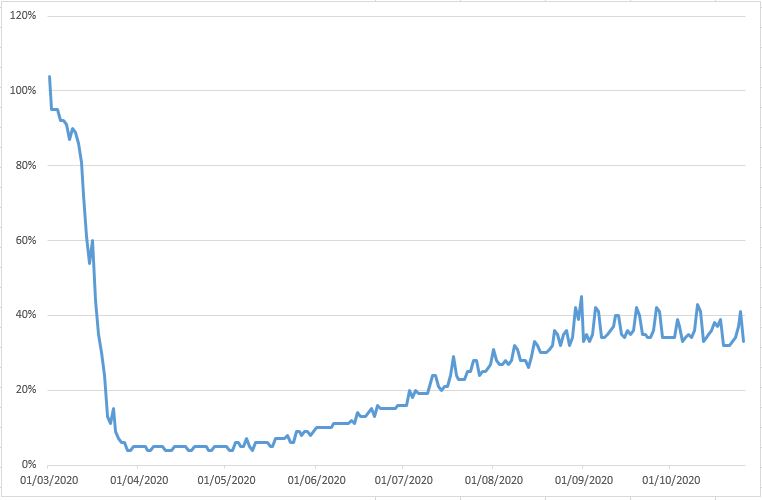
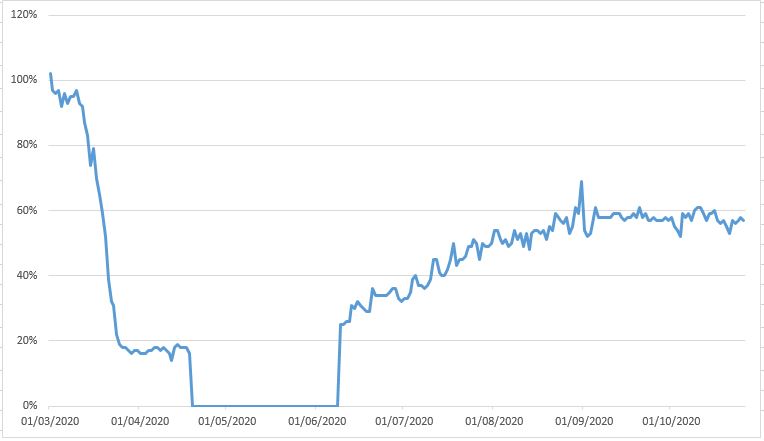
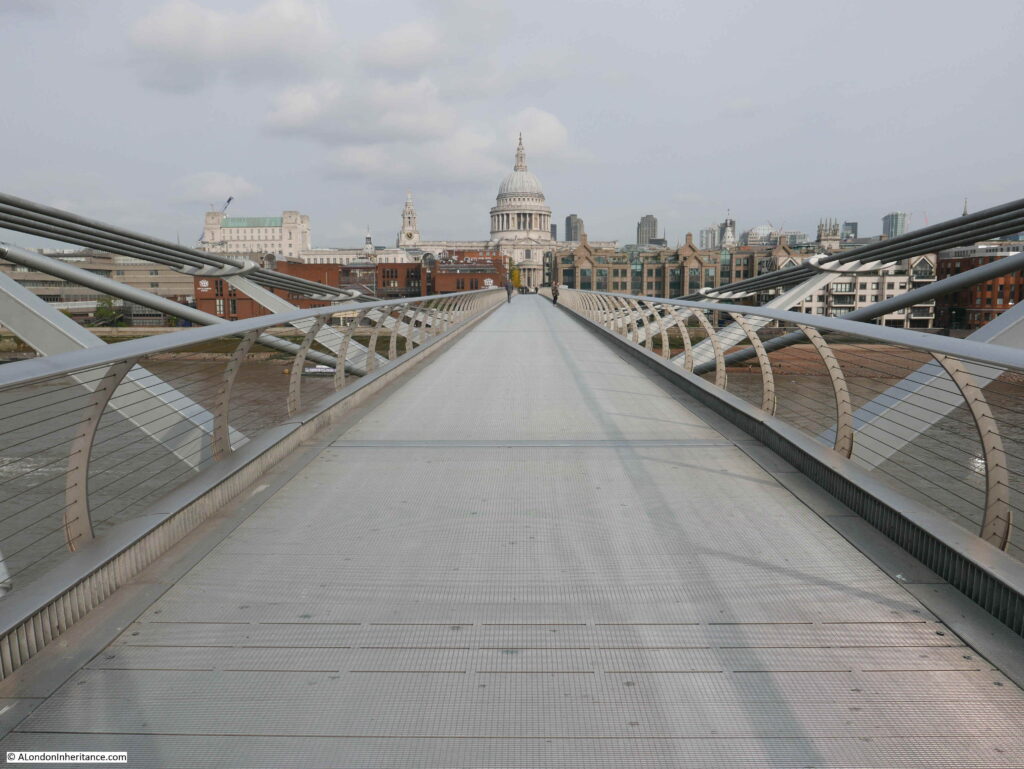
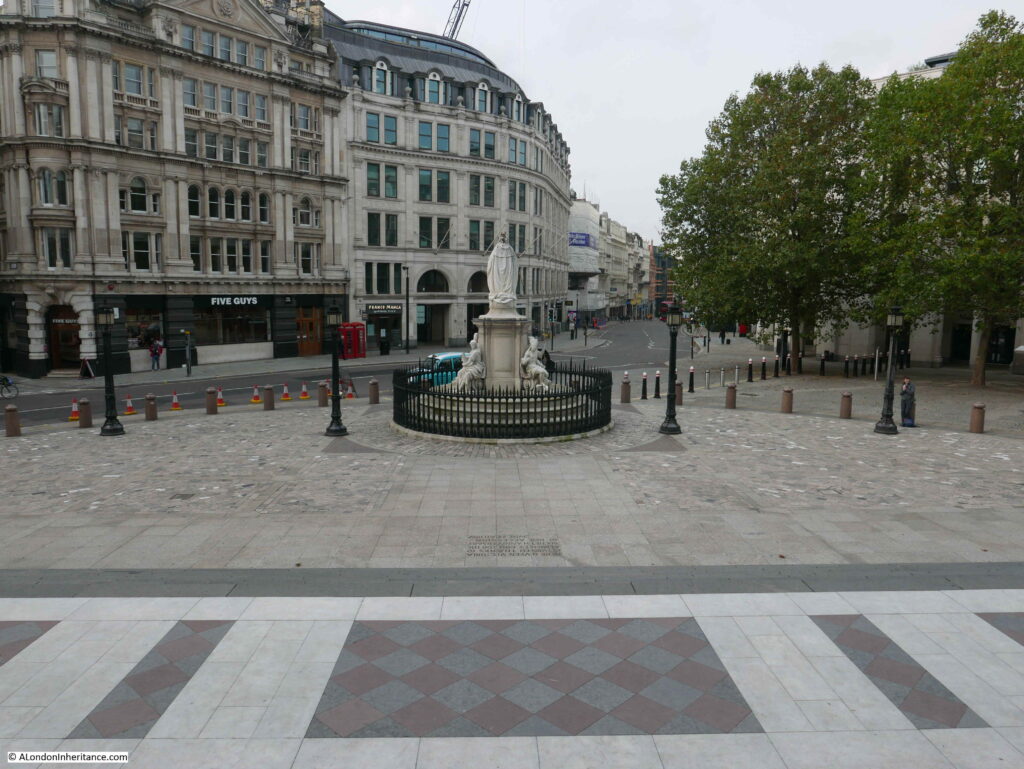
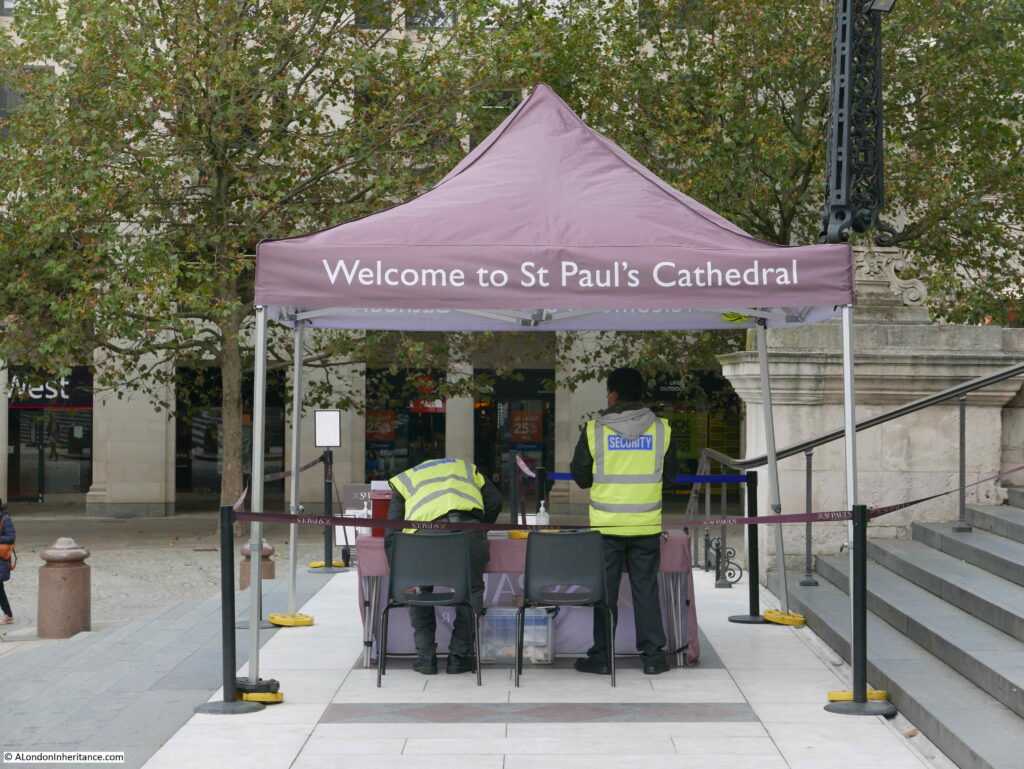
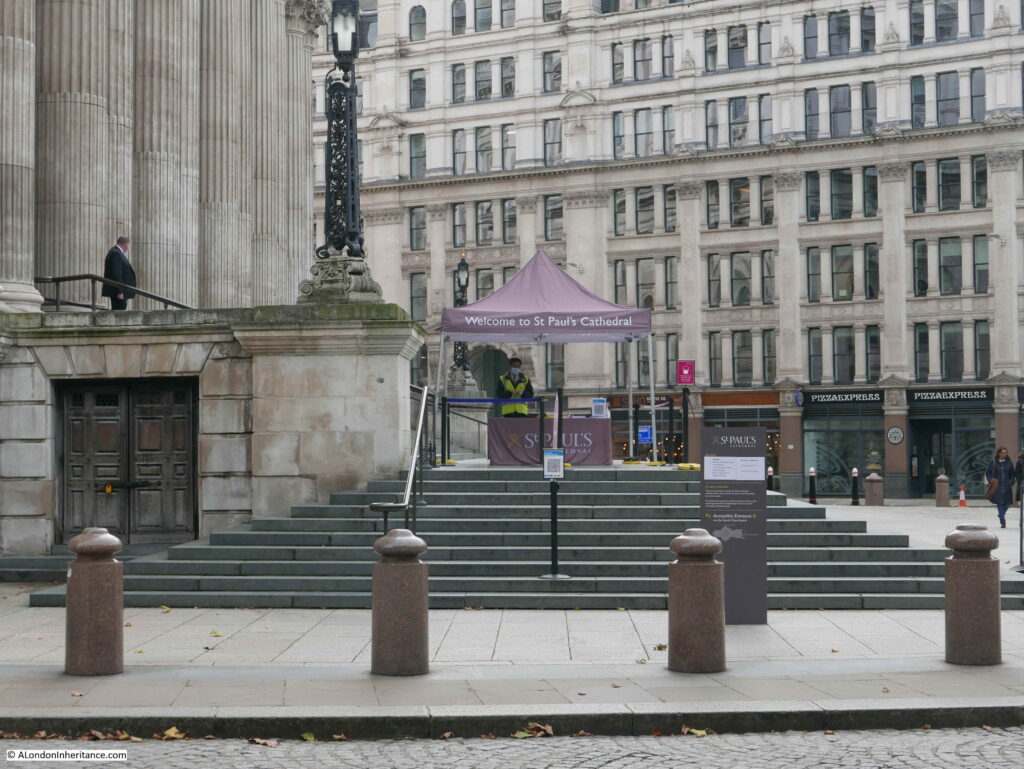
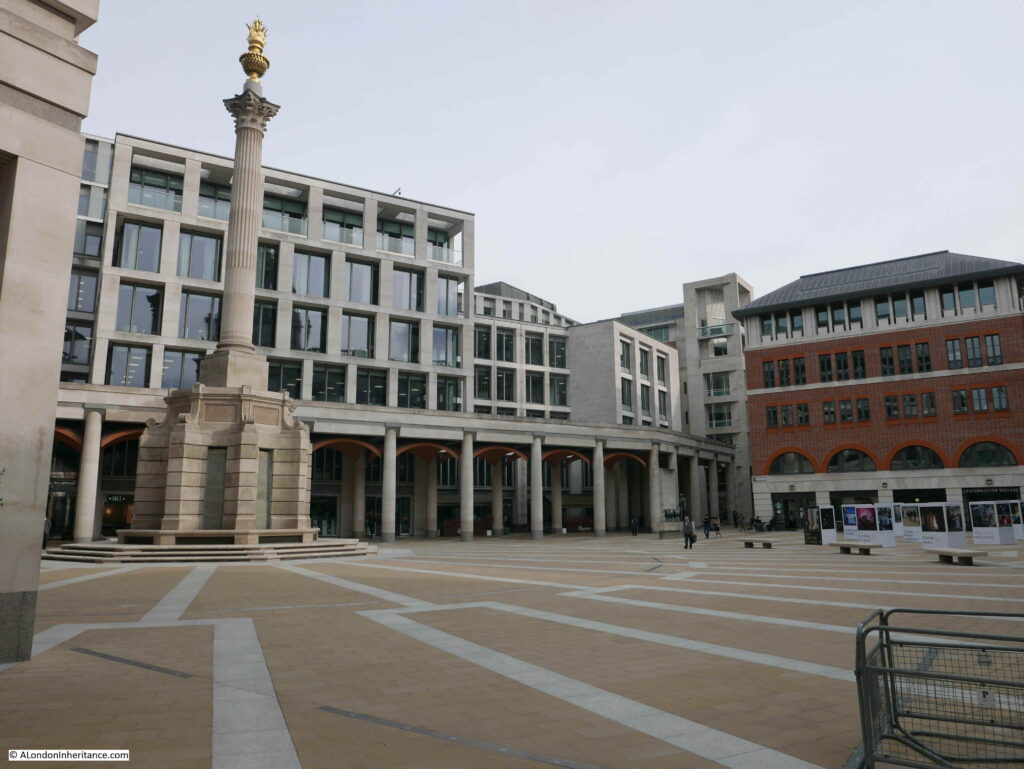
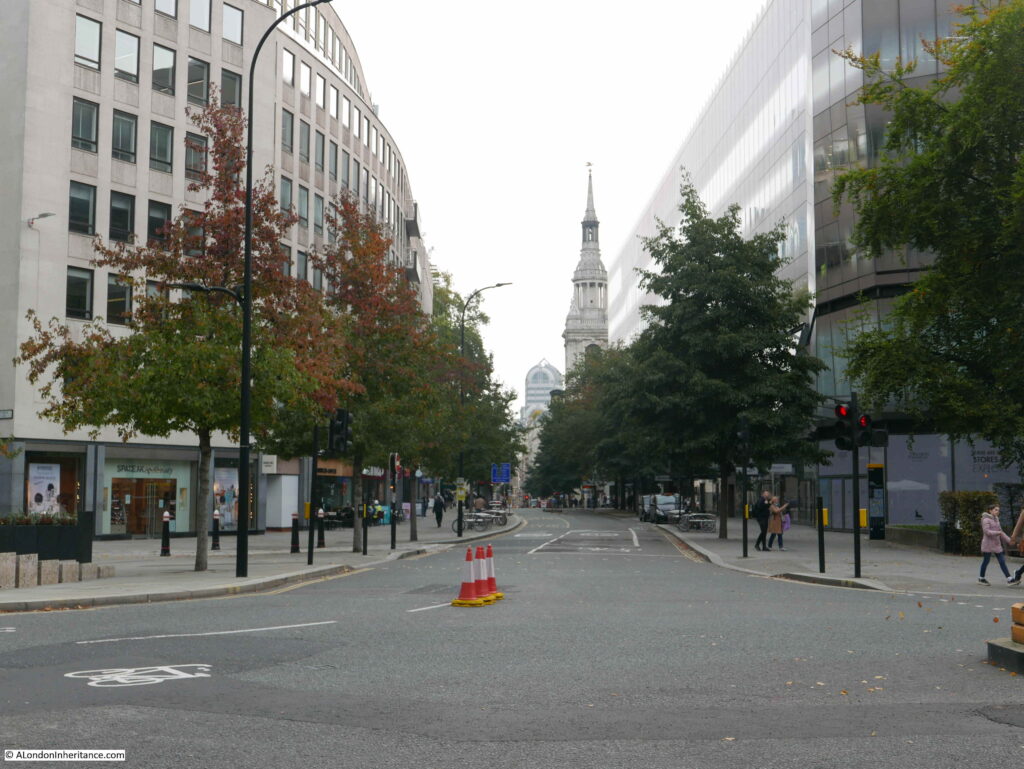
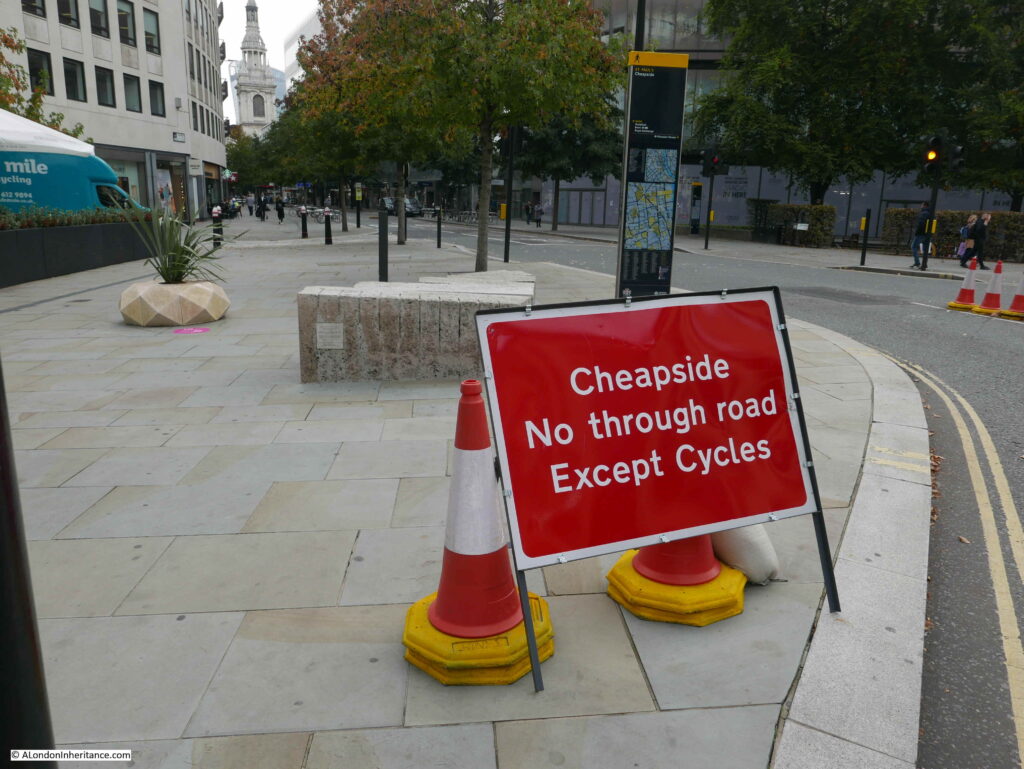
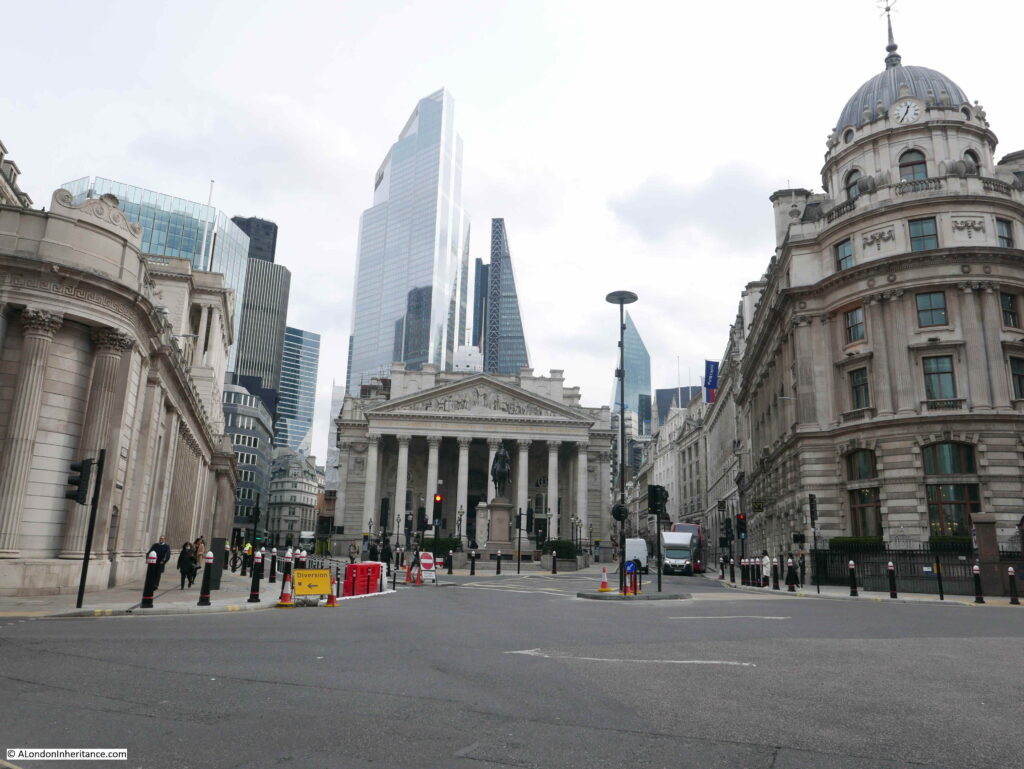
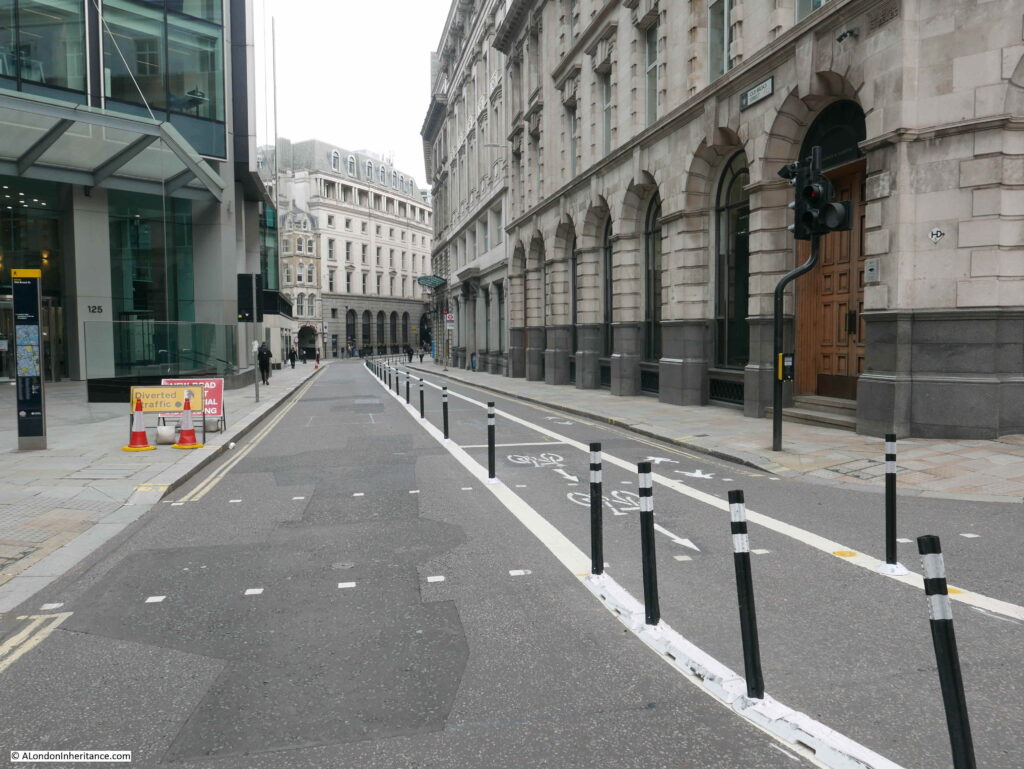
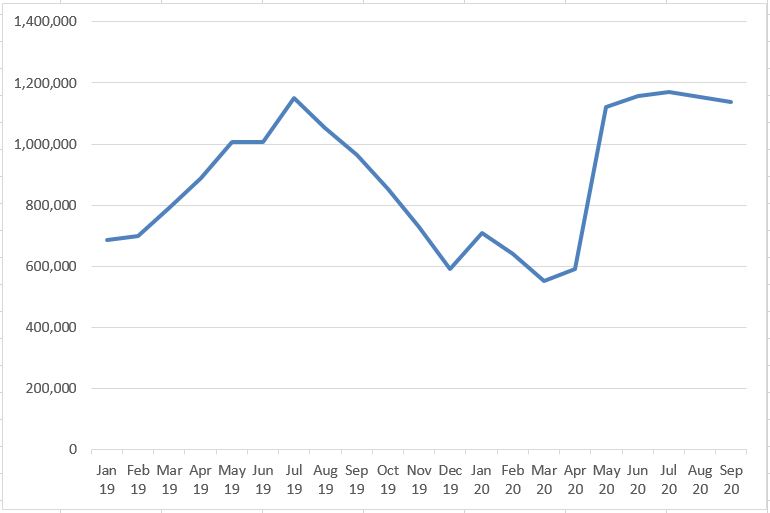
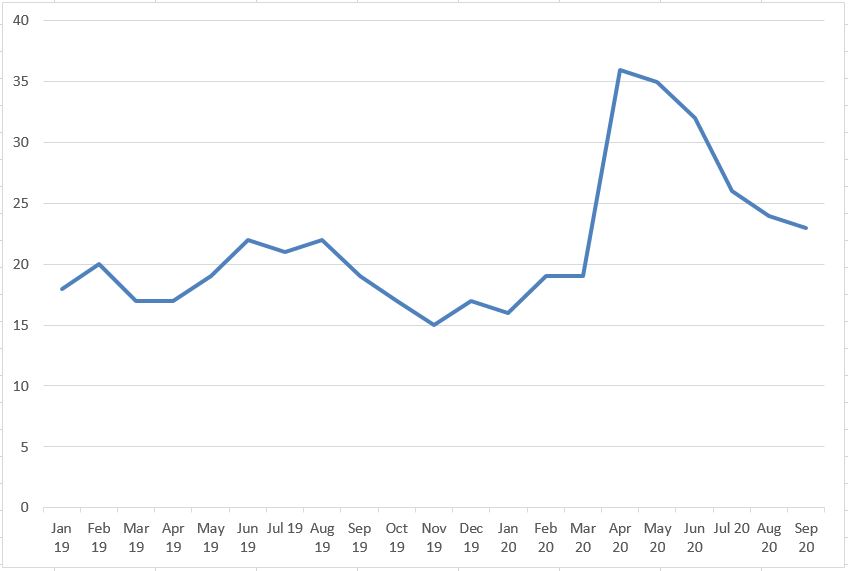
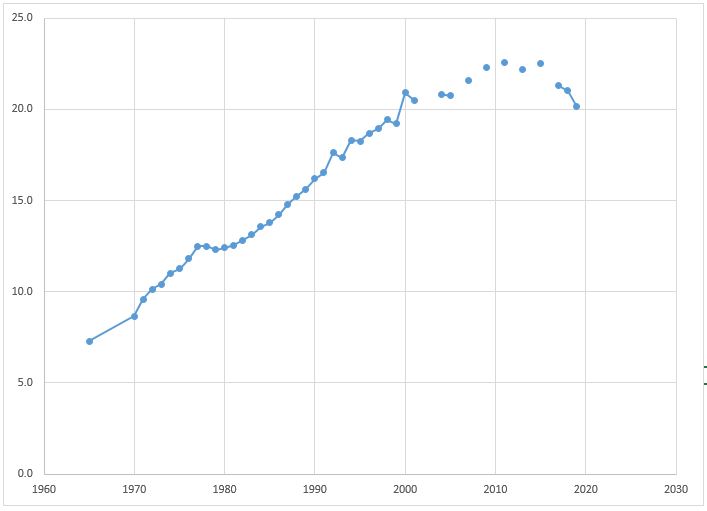
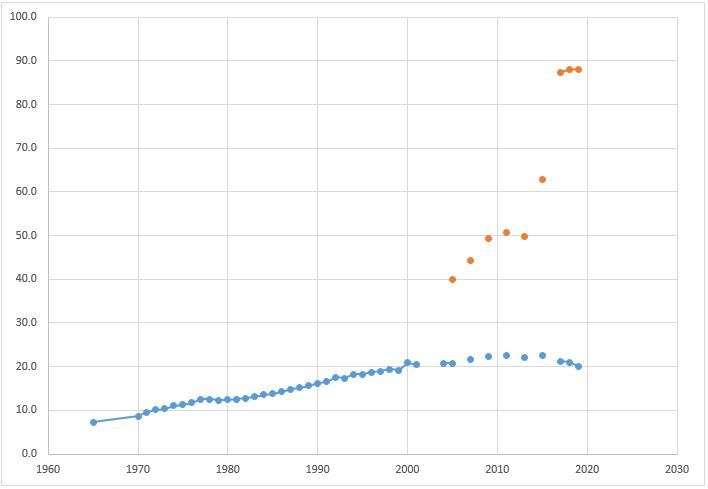
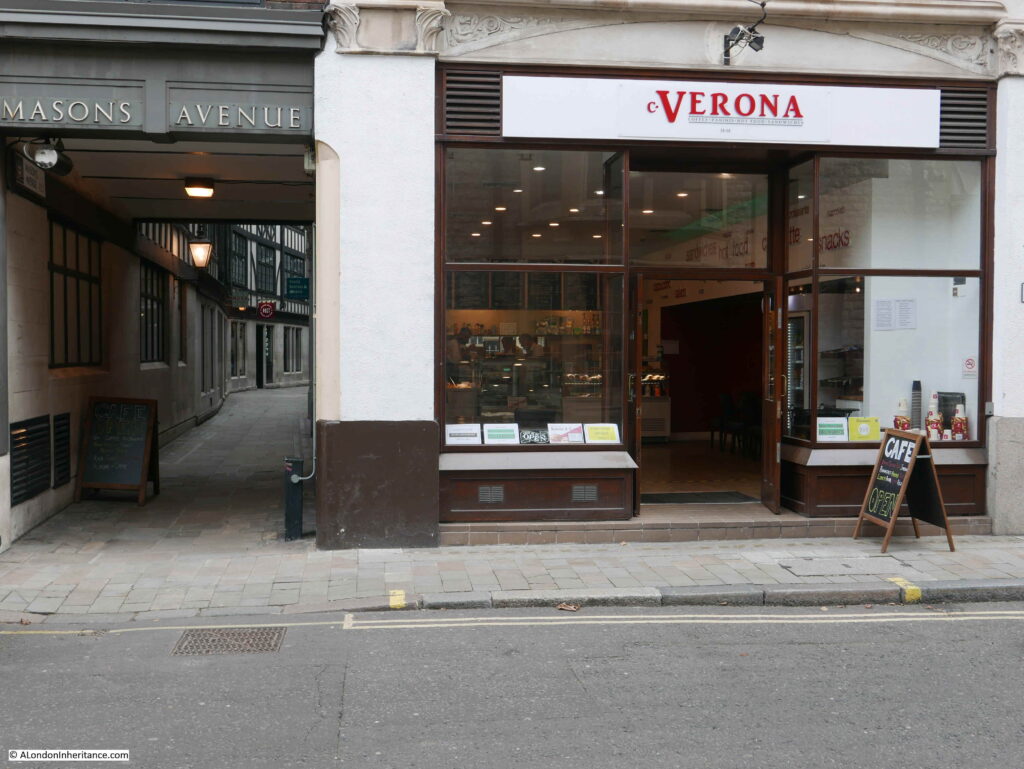
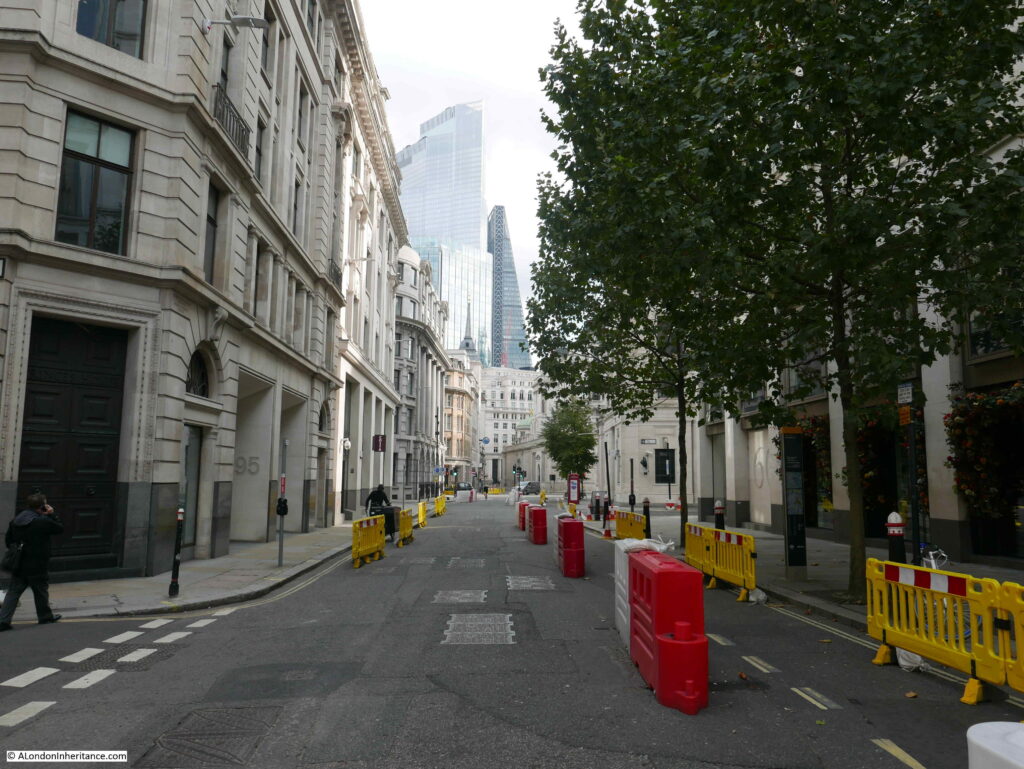
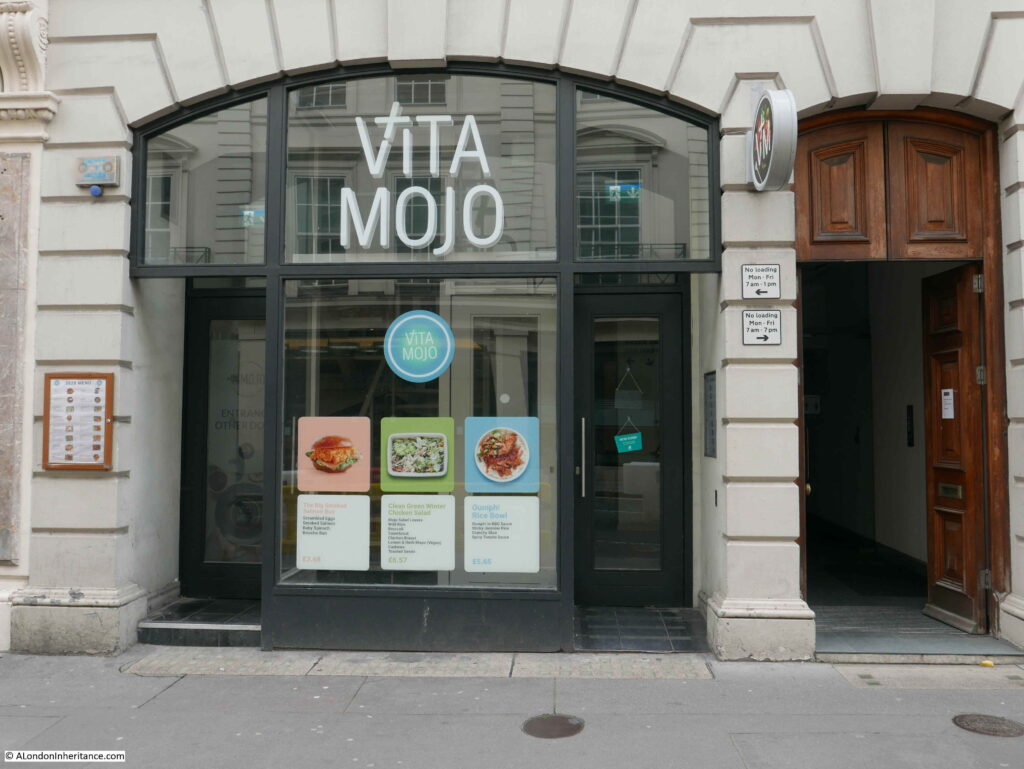
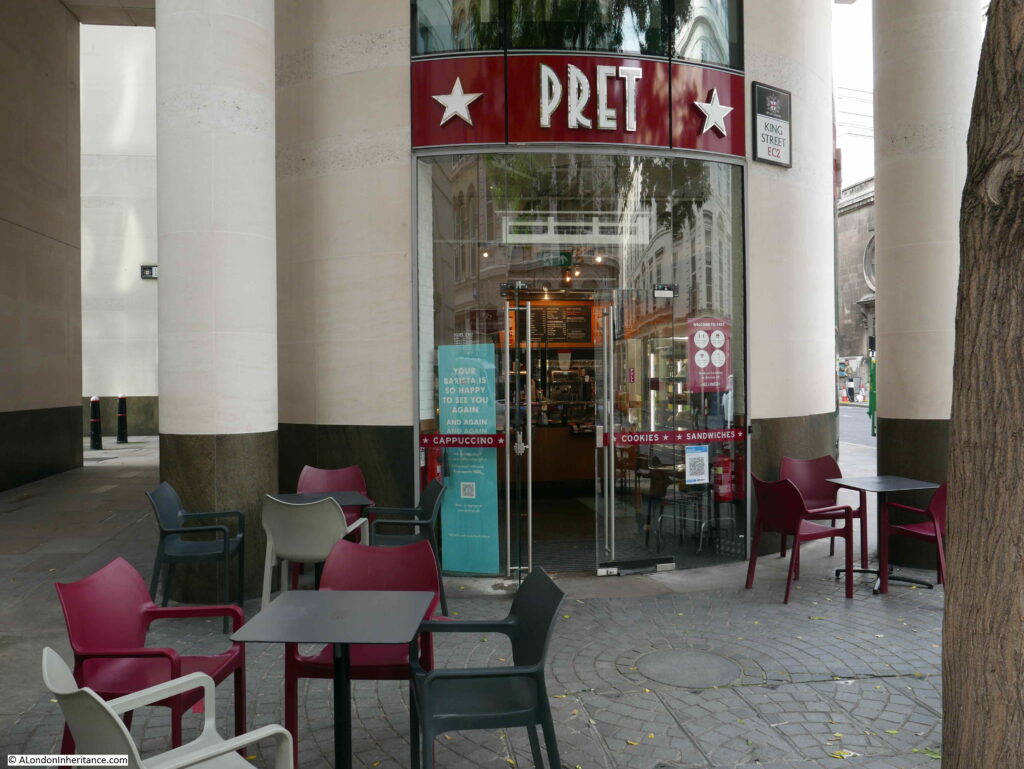
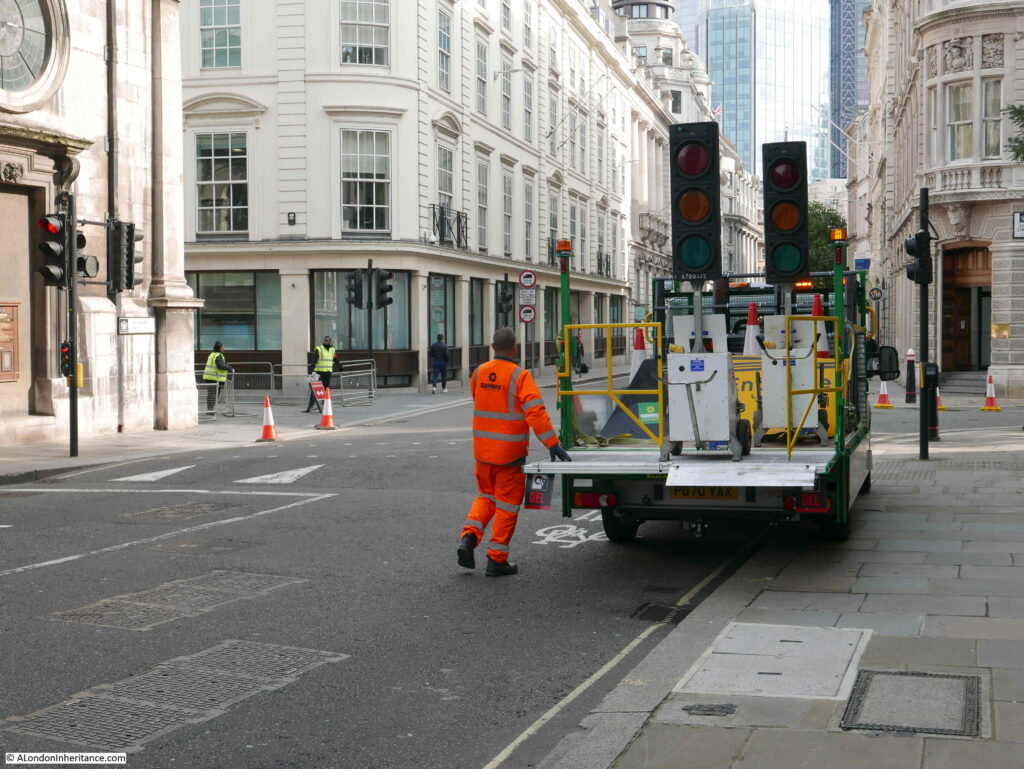
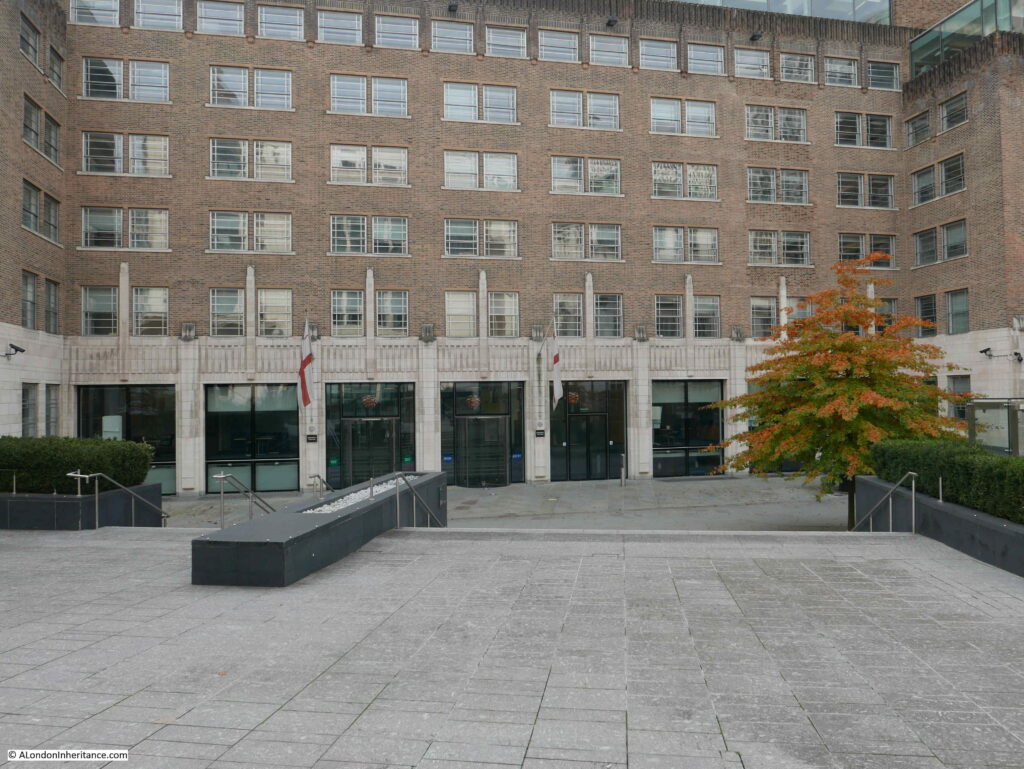
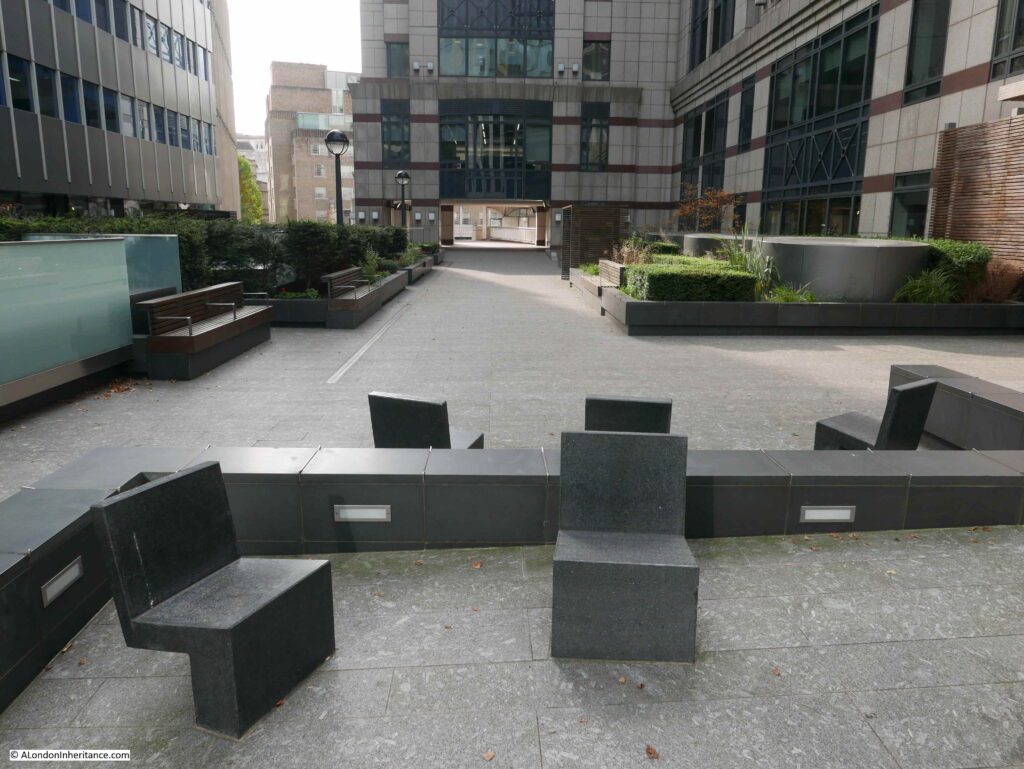
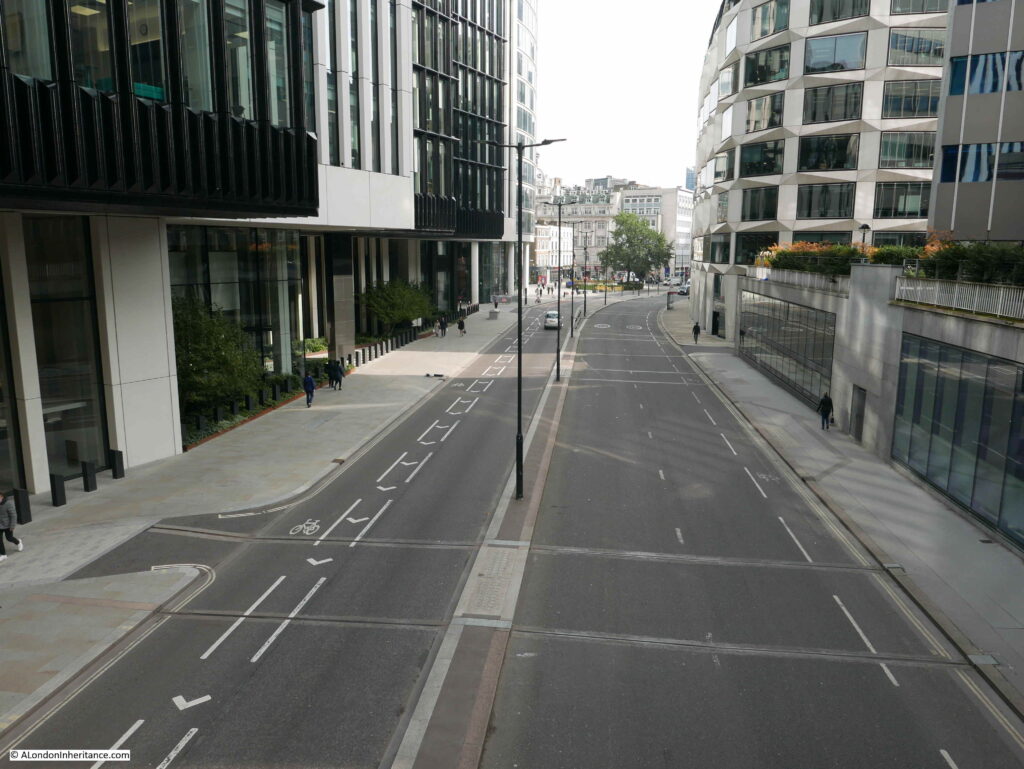
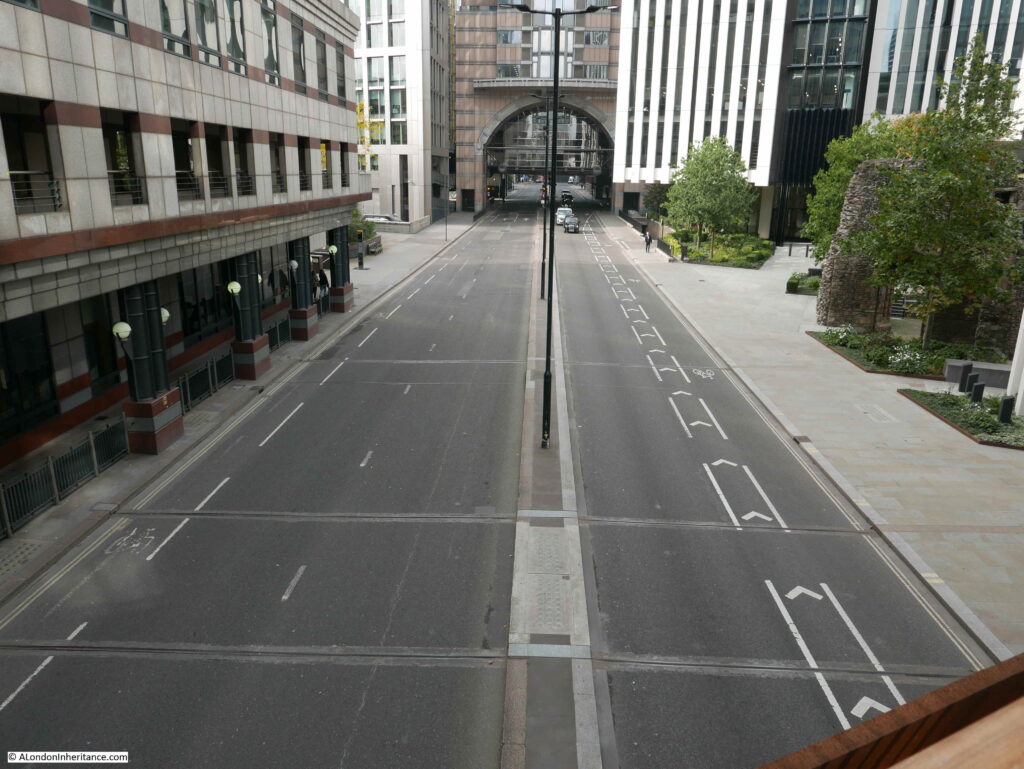
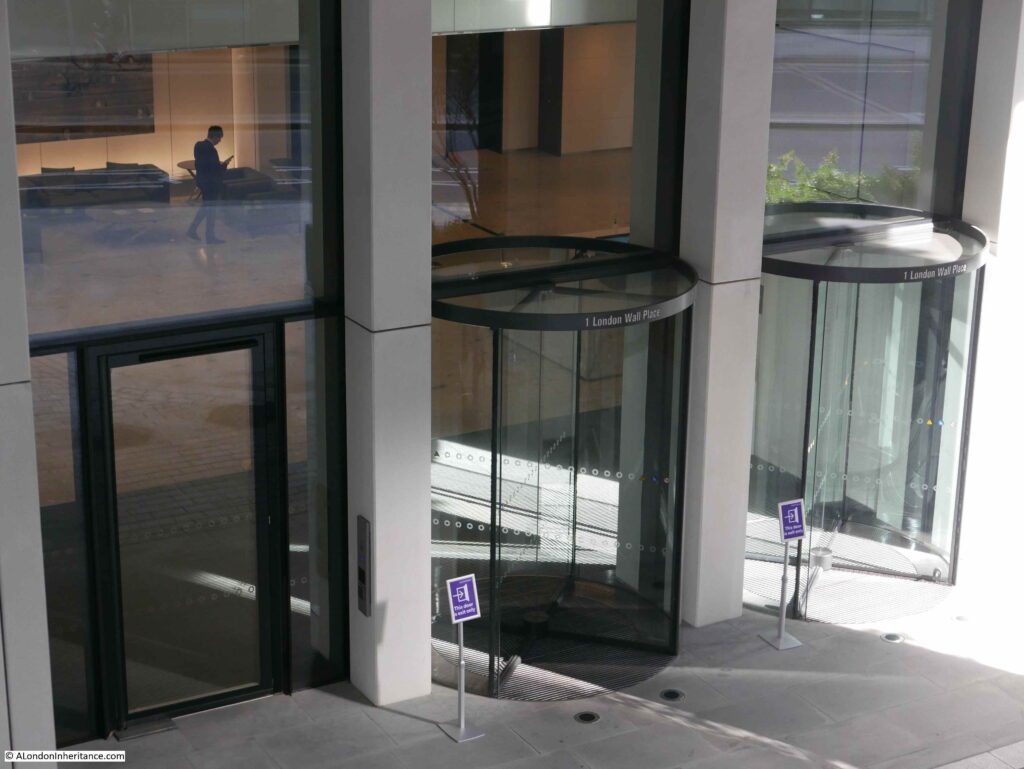
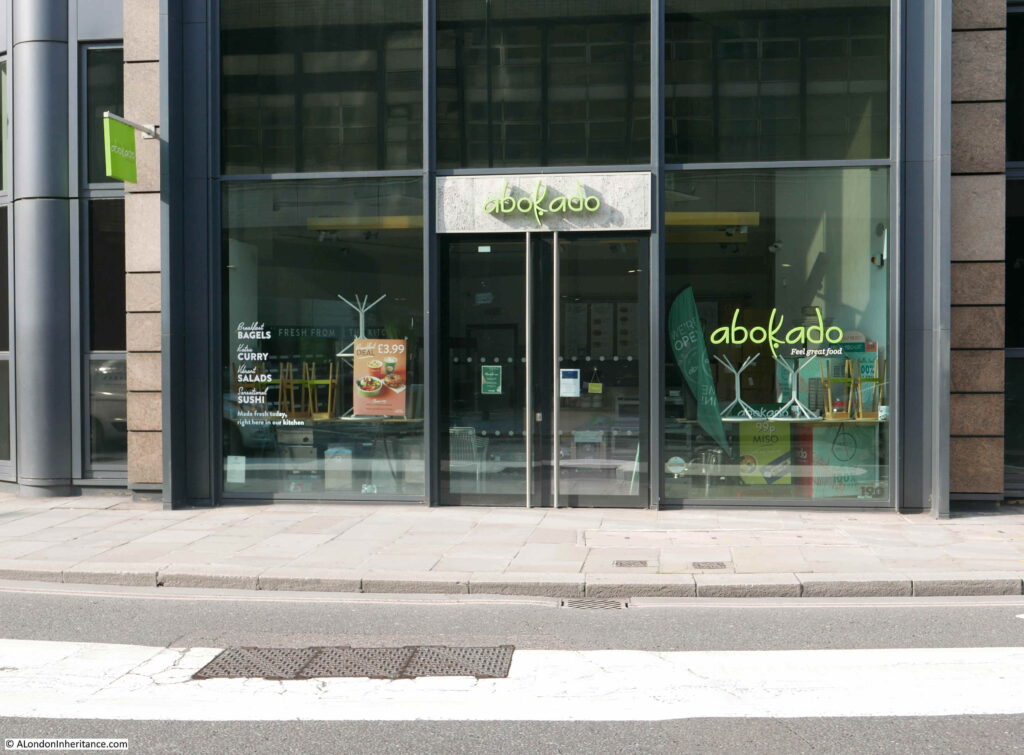
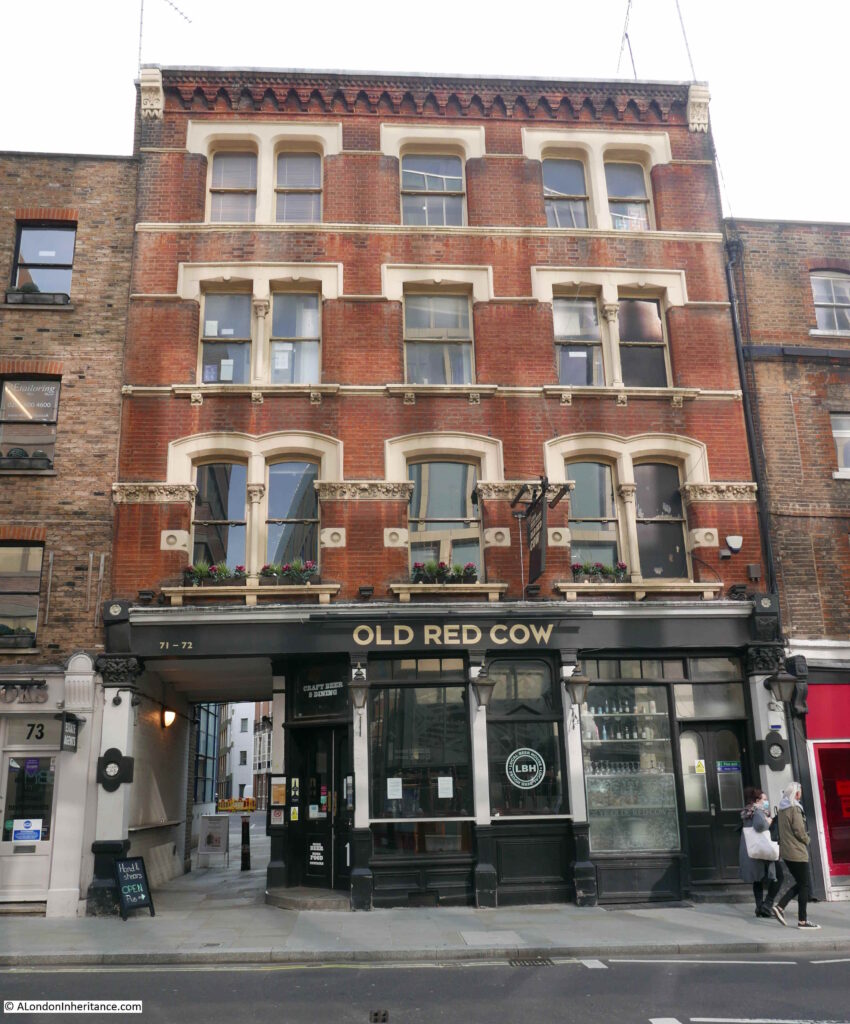
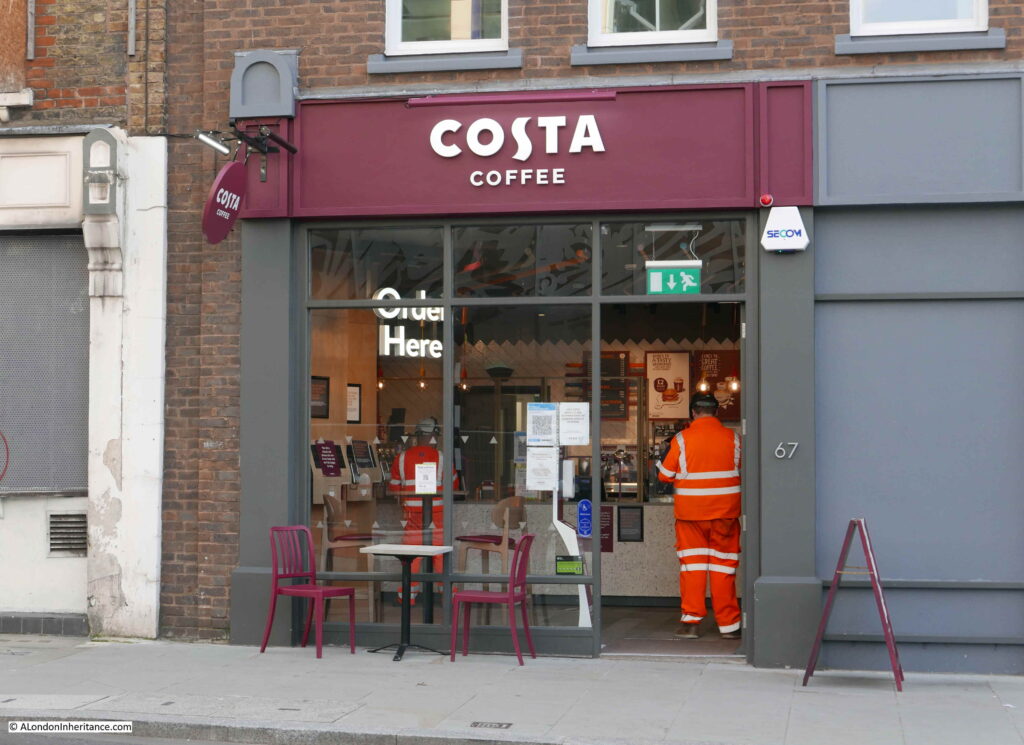
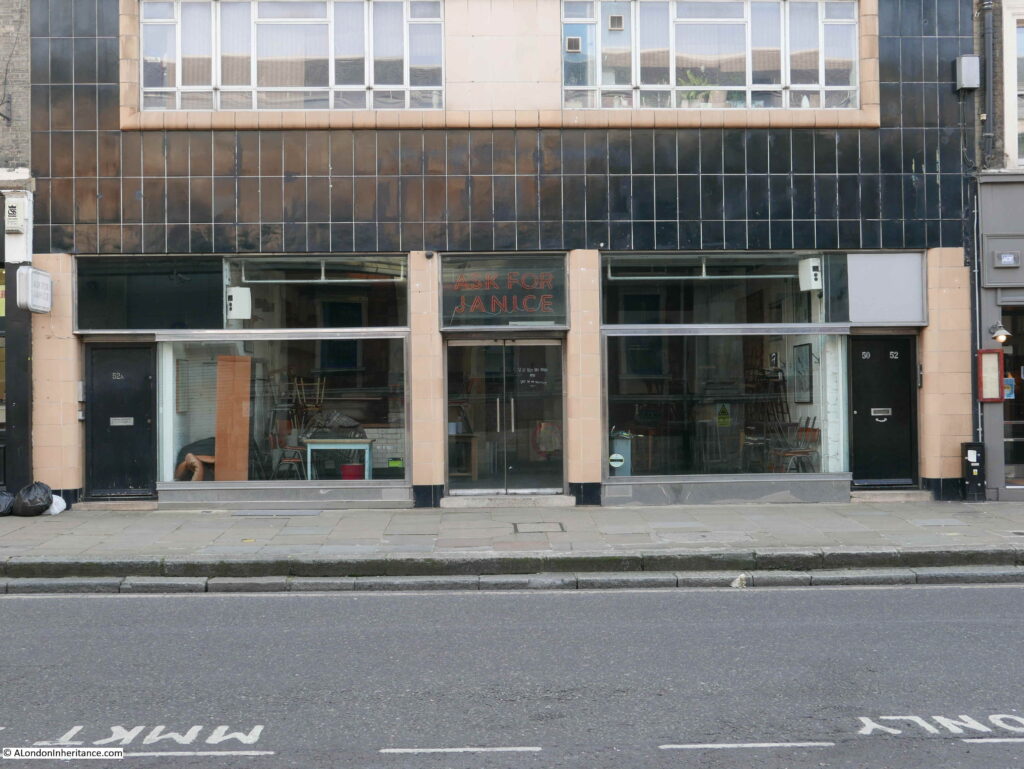
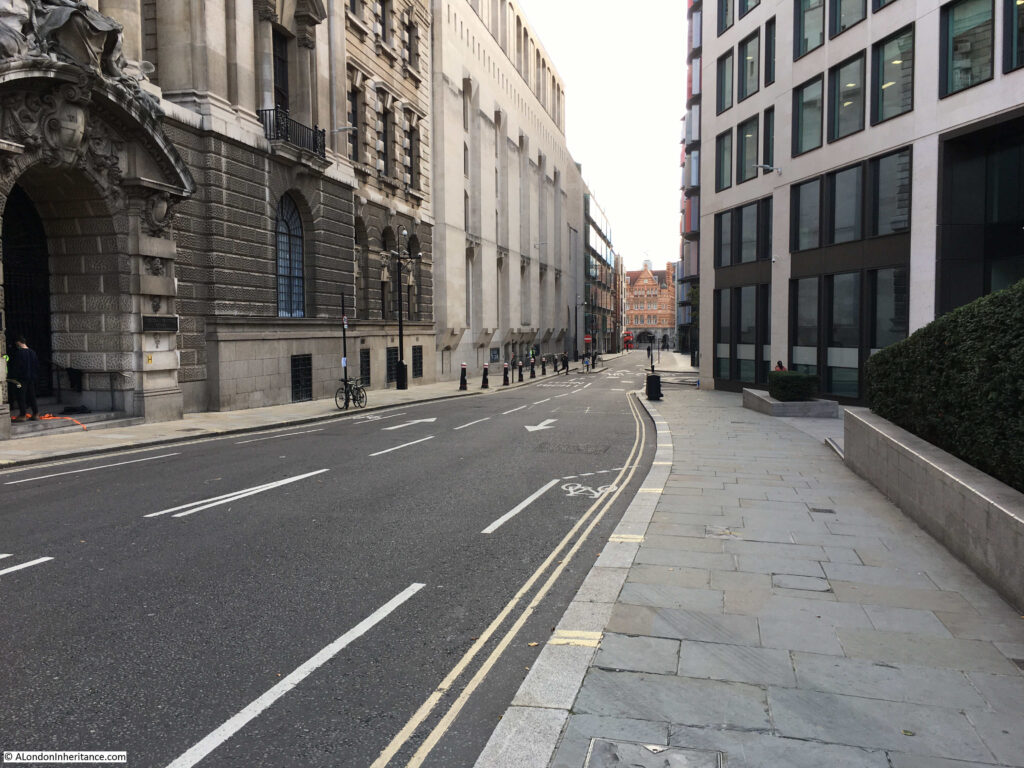
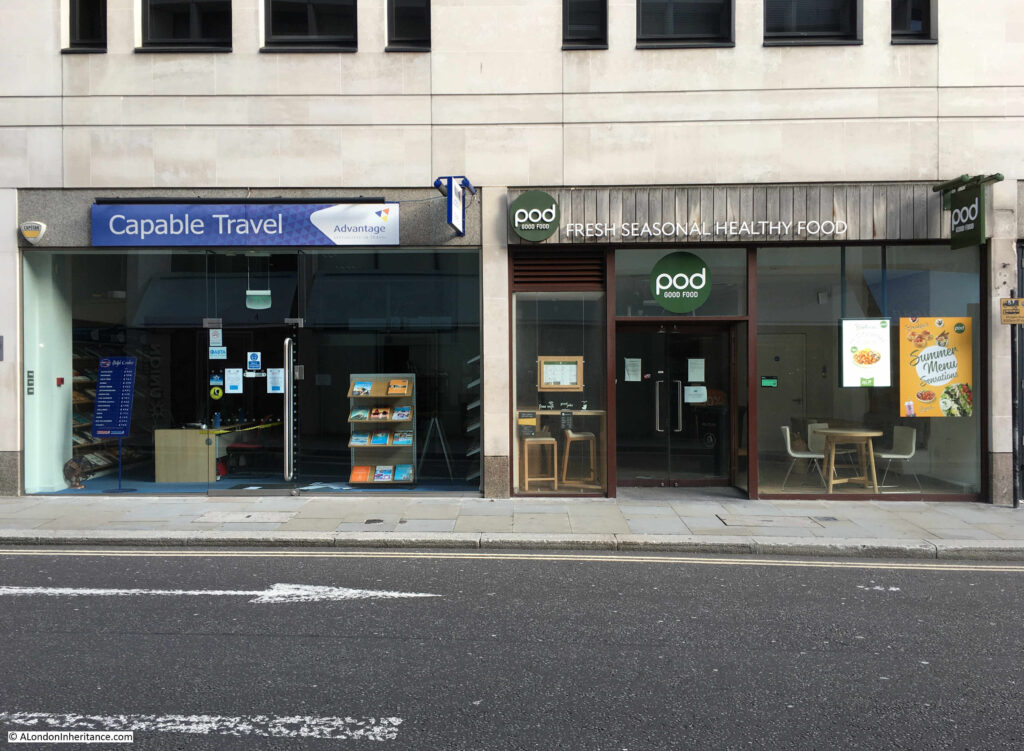
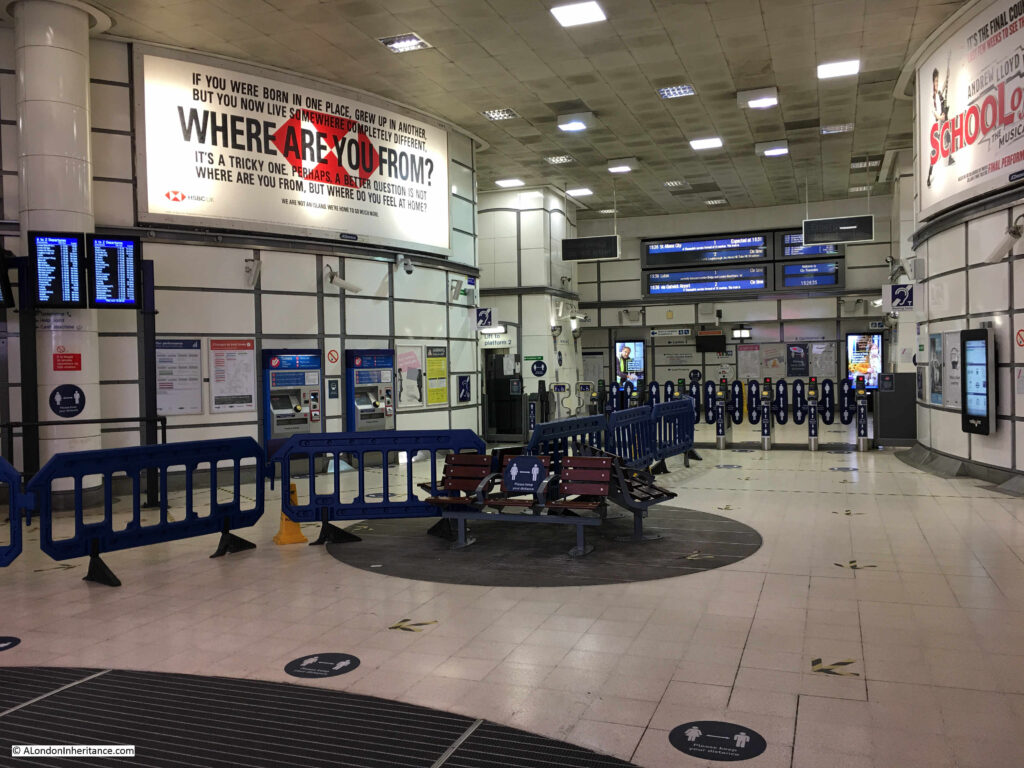
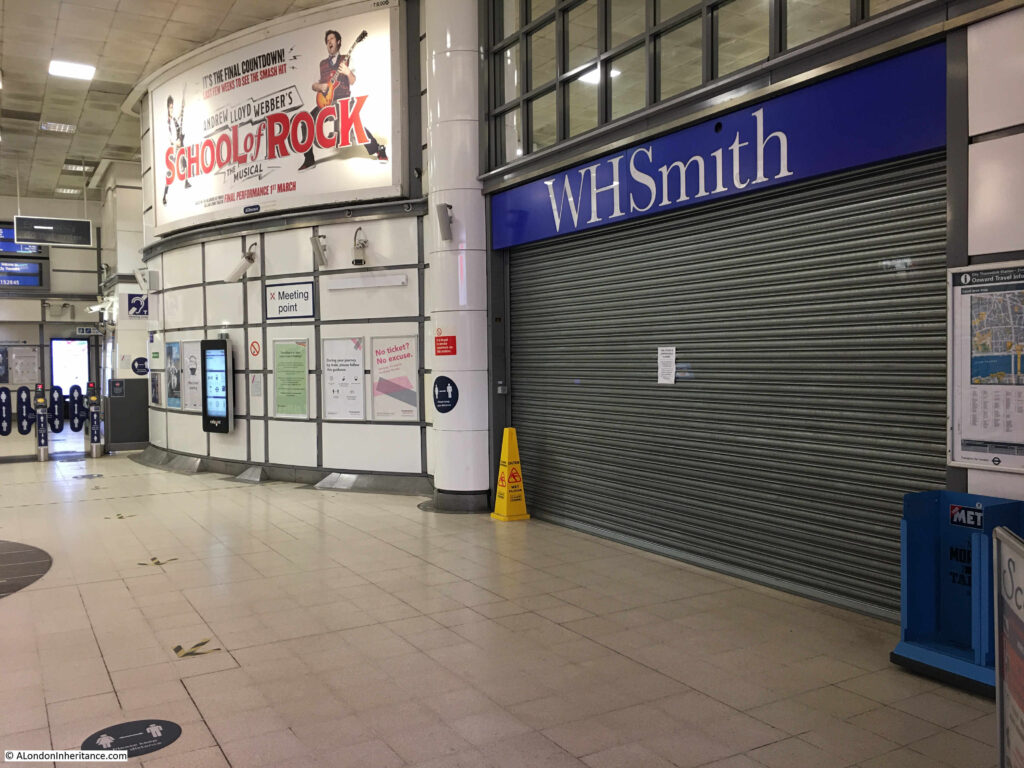
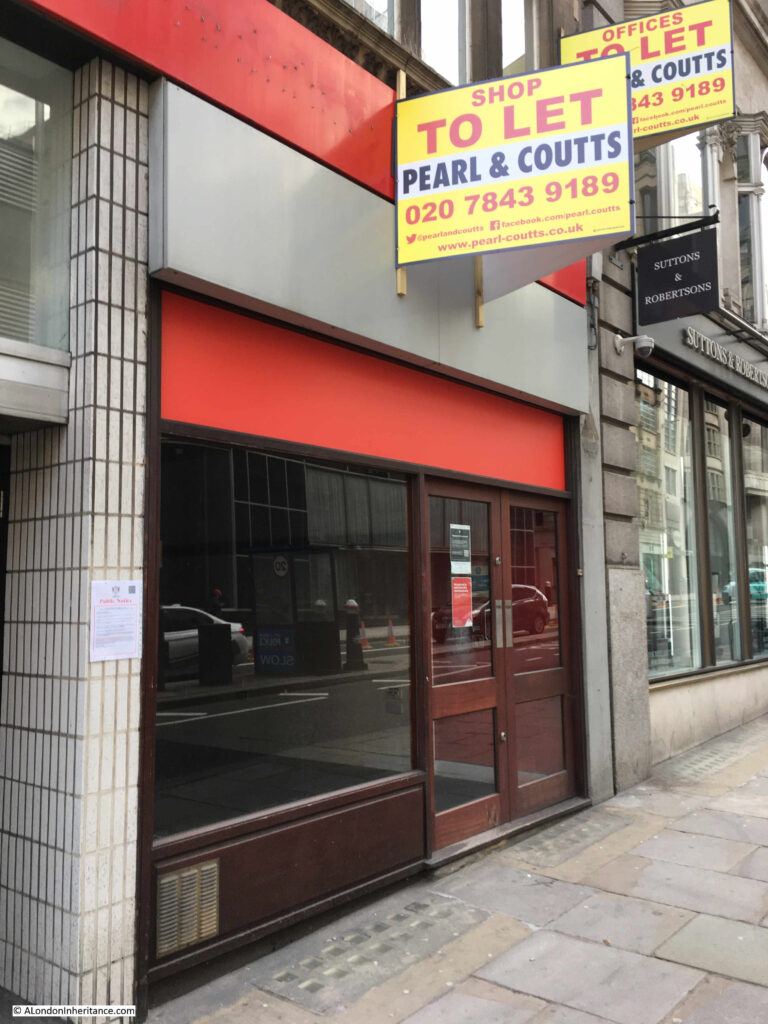
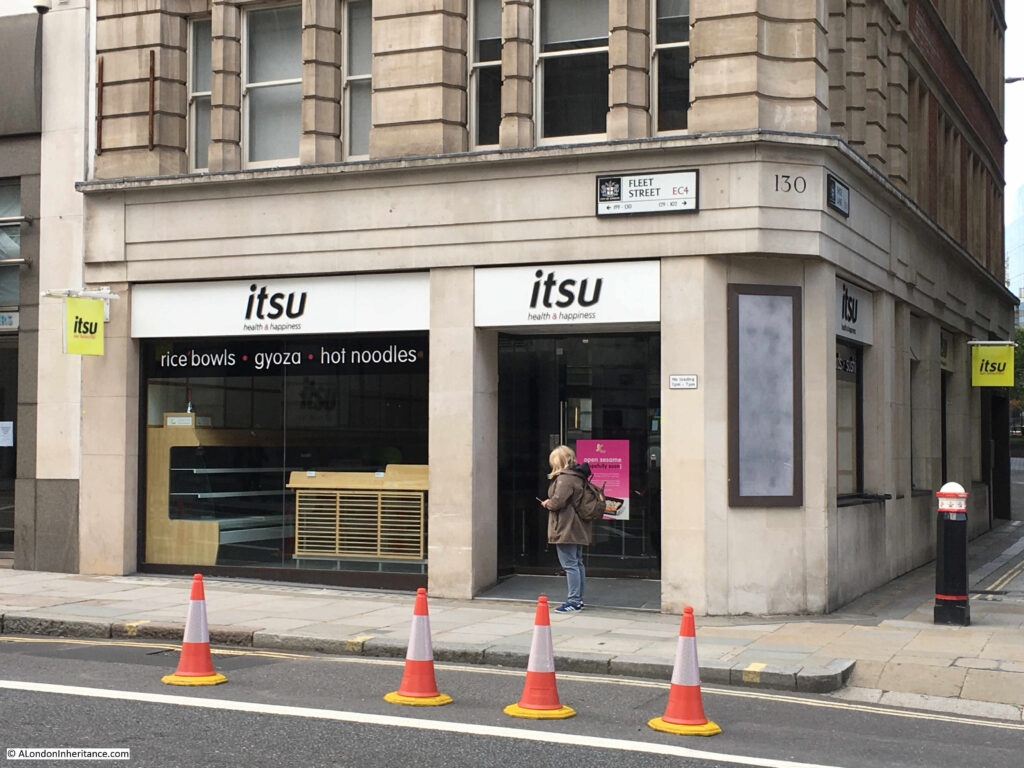
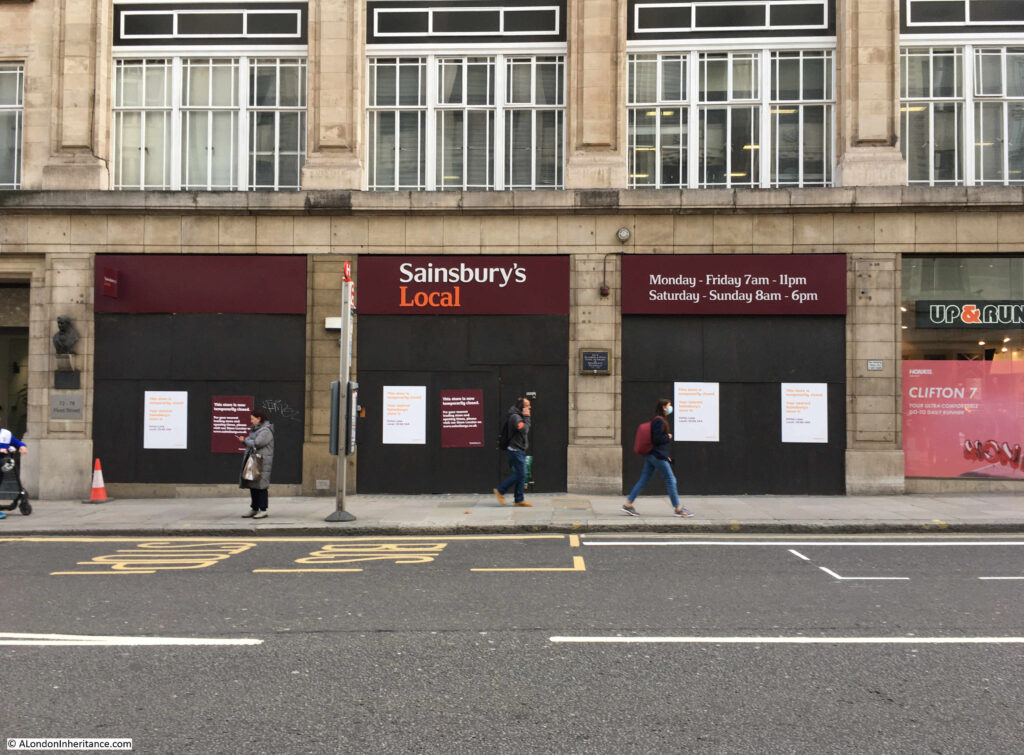
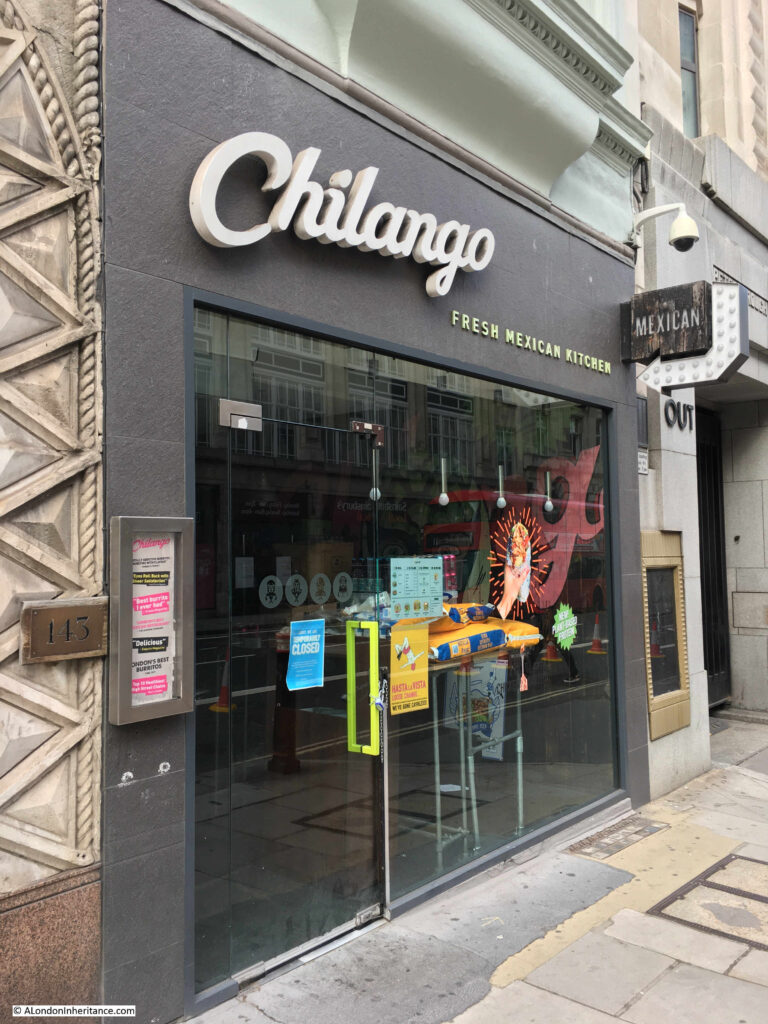
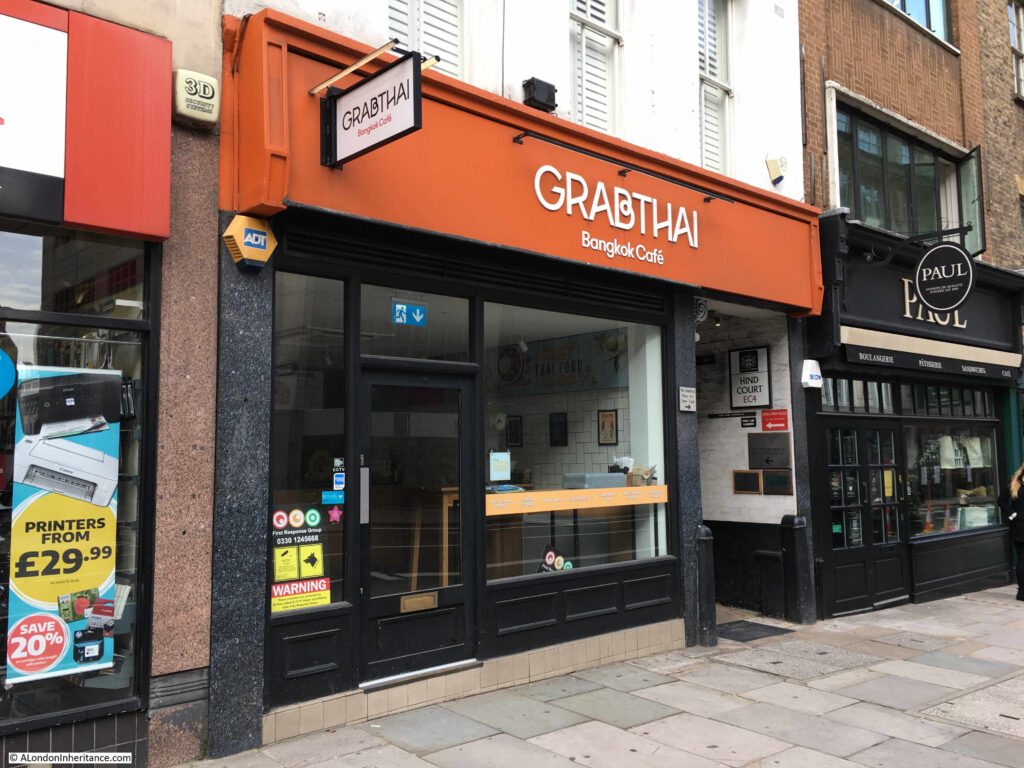
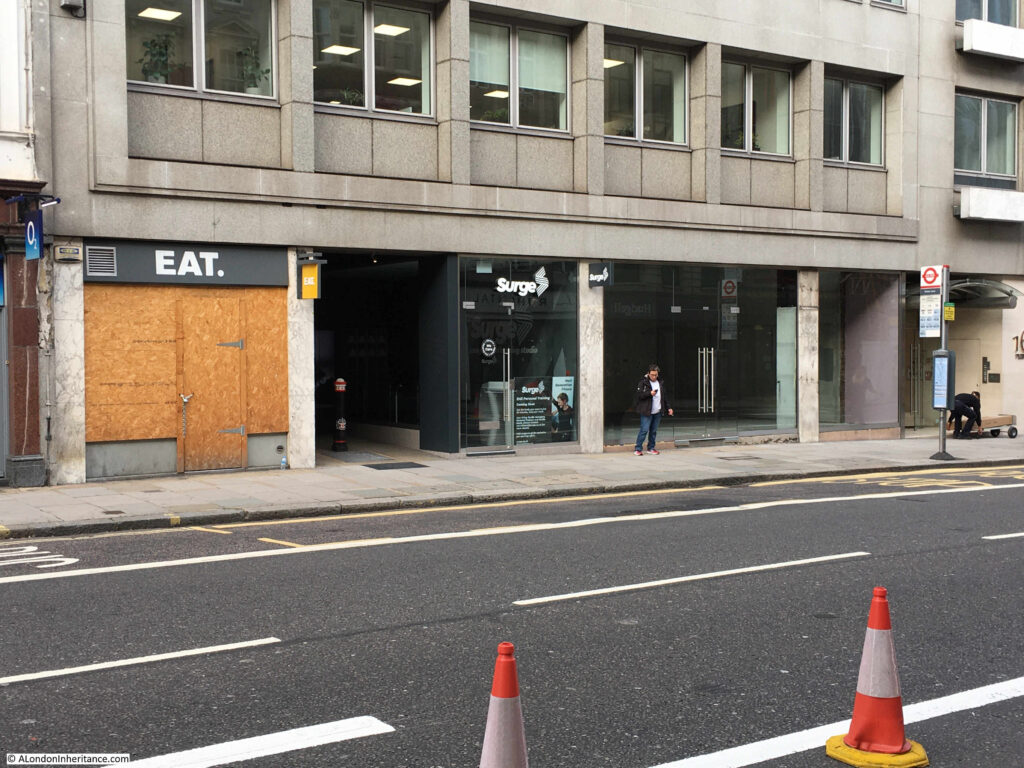
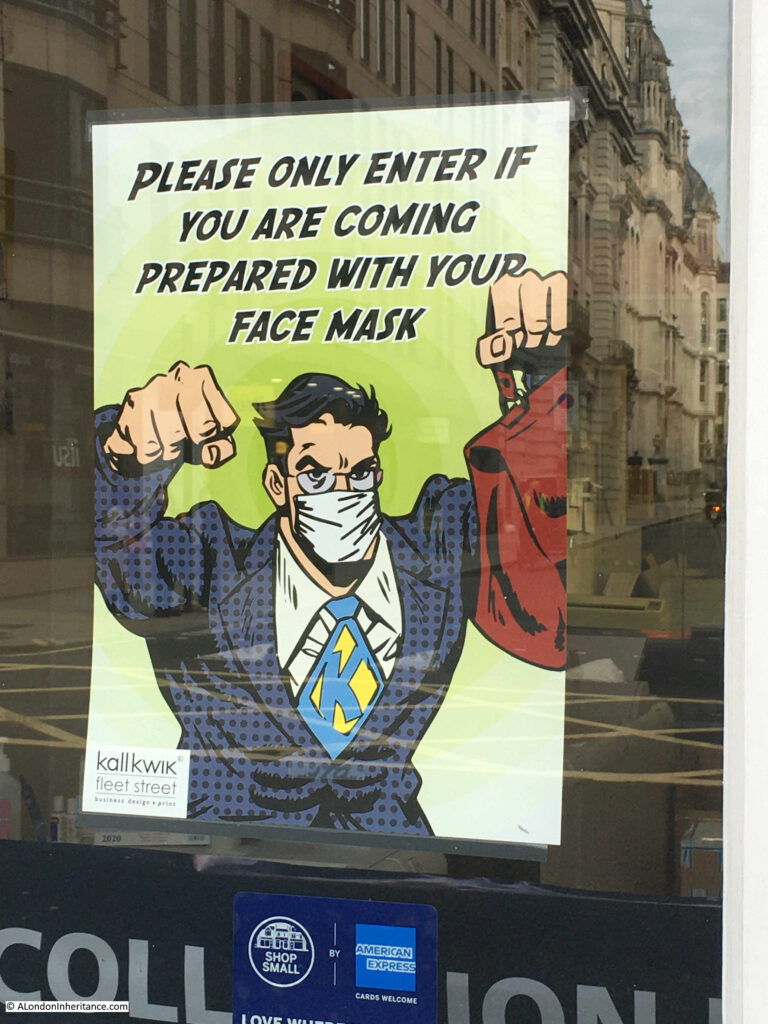
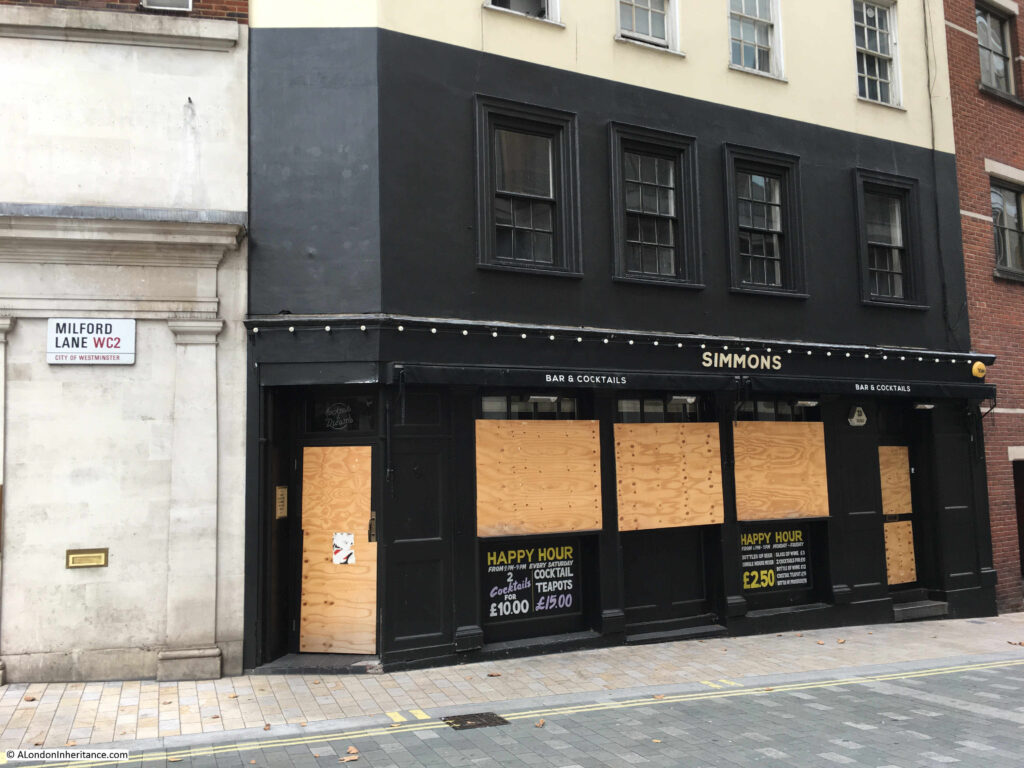
Almost a ghost city. Very sad, having grown up at Cripplegate in the 60’s, it was a busy changing City.
A very sad moment in time for our beloved City.
London City will always be there, but life needs to return and soon.
When this Pandemic is defeated we need to organise a Festival similar to Lord Mayor’s Show and a Thanksgiving service in St Paul’s.
God bless you all.
This is a valuable document of the grim reality we are facing here in the City of London.
Thank you so much for taking the time to provide all the graphs related to the situation that will also help our friends overseas to understand.
Reminiscent of the City when we were children 60+ years ago and lived in St John Street. Always played in the City at weekends, riding bikes and roller skating as the roads were much smoother there!!
With the second lockdown things look grim for the city. If companies decide they can cut costs by having people work from home, maybe it will never recover and in many years to come when I`m long gone revert to housing ?!
Astounding sights. I came down to London the week before lockdown in mid-March and was surprised then by the emptiness. At the start of September I walked from Kings Cross to the south bank and was amazed at how quiet everything was. Never have I been able to simply cross the road outside Kings Cross without using the lights. Nor been in a pub where I was the only customer at lunchtime on a weekday. The lack of people in the City was peculiar. From a walking point of view – pure delight. But with underlying sadness and regret. I hope we can walk through hustle and bustle again before too long.
As an ex city worker, and a Londoner, I find the heart of the City has stopped beating and is in urgent need
of ‘cardioversion’. It is distressing for me to witness not only the annihilation of the old City along with all of it’s history, only to be compounded by the draining of life, leaving a ‘dead’ City. The brutal ‘rape’, and subsequent ‘death’ of the City of London is a travesty, a grossly immoral act, and a completely selfish and uncaring action emanating from commercial greed and power. It is difficult to see how the present situation can be reversed. It is thanks to your posts that we can, at least reflect upon the way it used to be.
Fascinating record of this strange time in the City’s long history. We’re used to a different pace at the weekend, but never before like this.
“Cycling is far better than traffic” – Obviously I know what you are trying to say, but cycling – en masse, as it was when things were indeed normal – very much IS traffic. Walking to work then in Holborn every single day and evening I was cut up by cyclists, saw them run over pavements, jump red lights etc etc. Clearly not every one and clearly yes it is ‘better’ for the environment etc but untill there is a way – or a culture – that ensures all cyclists realise the (sometimes literal) impact they have in other ways, I can’t wholeheartedly endorse either the trend or the obsession councils have with providing for it – like the foot-high concrete ‘inner kerbs’ on Southwark Bridge which reduce its 4 lanes to 2, massively increasing jams and pollution .
Thanks for the information, stats and photographs about this. The situation is so sad and the outlook isn’t very positive at all.
Jericho was one of the first true city civilisations, cities draw people together, people need cities and cities need people. I have lived, worked and enjoyed London all my life, I am now 66 but have never experienced anything like this before. I find it strange upsetting and alienating. However, I do believe London will adapt and change, whether it will be within my lifetime I’m not so sure. If people can be encouraged to return to the city for work, or leisure, it will thrive again, maybe not quite as frantic as it has been in recent years, but it may give the old place a chance to catch its breath, which might not be a bad thing.
My wife and I have a reservation in a hotel in London for a week in March, 2021. This is a reschedule from March of this year. We cannot wait to get to London to spend a bunch of our Swiss francs. Going from several visits a year to none has left us in despair. Let’s hope for a better 2021.
What a sad place it is now. Will it ever get its heart back?
“Until normality ensues once again ”
Now that is surely the epitome of closure notices and is absolutely right for the whole of the City.
Not seen it that quiet since we would go for a walk on a Sunday morning when we were young back in the late fifties. It seemed that my Dad knew all the alley ways,since he had roamed around when young and a job as a delivery boy working for the London Pictorial, I think. When given bus or taxi fare,he would pocket it because it was quicker to walk via his ‘short cuts’.
P.s. Although I don’t comment much, I do read all your posts. Thank you for all your hard work on this.
What will be normality, we don’t know. One thing we can be sure if is that London will adapt and will thrive as it has done over the centuries. Whether we are still around to see the new renaissance is another matter.
Thanks for your walks and photos.
A very poignant post – all the more so as the situation is described without any remarks on its origins.
I cannot but help to notice the difference between this post and others which chronicled the destruction caused by the bombing of WW2. The difference: in WW2 people were united in common cause. My sense is that it will take longer to rebuild a sense of social cohesion than it will be to remake destroyed buildings.
This said, we can’t wait to visit London – one of our favourite places in the world.
The area is being transformed for tourism. The Culture Mile project aims to reinvent the Square Mile as a place of history, heritage and the arts. The Museum of London is being relocated to the old Poultry Market in Smithfield.
Unfortunately, as previously pointed out, so much of the City’s history and heritage has been lost to commercial greed.
Indeed. It sometimes seems that Greed has a heritage of its own. Maybe the City Corporation should open a Museum of Greed.
Wonderful set of reference stills and perhaps a homage to all London’s street cleaners!. Reminds me of the movie “On the Beach”. Thanks Richard
Hi I look at your pictures, and I feel so very sad, I dont think that things will ever be the same again,but in some ways for the good.you have only to walk a lot of streets in london ,to see what a dirty nation we have become. I have lived in London for 74 years and it just gets worse. John.
You put a lot of effort into your work, very much appreciated
Your beautiful city of London will come back by next fall. Being a New Yorker I can understand your sorrow. Both cities will return like glowing stars for tourists. We will need more patience and more of the WWII hearts that both cities had when we most needed it.
Mike Wicksteed in the latest London Top Soc newsletter cites a figure of only 13% of London office workers who have returned to their desks. Working just off Cheapside, I can confirm this, though with a slight tweak of the metric to person-days. I have been following desk occupation for 3-4 months and it indeed works out at about 12% of capacity. Really not good news for businesses reliant on passing trade. The City always revives eventually but on this occasion it will not be without suffering.
The quality, character, and the atmosphere of the old City is gone, and it cannot ever be replicated,restored or revived. The ‘new’ City is but a shallow characterless and a guady series of glass monstrosities, architectural ‘bling’ to satisfy those who have little appreciation of the finer things in life. I was privileged to enjoy the City as it was in the 70’s and 80’s, when all the things we are missing now were there in abundance. The wanton obliteration of this treasure is both unfortunate, unforgettable and unforgivable in the extreme. I think that those of us who care feel genuinely hurt and violated by what we have witnessed. Hitler tried to destroy it, and failed. Now, the vandals have done their worst, and we are left with tiny fragments of our past, for which we should be eternally grateful.
I agree it is a little depressing. However, the City does change and even in the 1970s would have been unrecognisable from even 25 years earlier. There are still many places where you get a feel for the old City. It’s all about the people and one has to make an effort to build relationships
Reading you here on the west coast of Canada and still sad about our cancelled visit back in May and the uncertainty as to when we shall be able to return, I found these pictures really brought home the magnitude of the change. London is only half itself without the people, whose immense and wonderful variousness is part of the city’s fascination. I was a student at University College in the early 1960s and have returned every year since. London revealed a whole world of larger possibilities to a girl from a small town background and it will always be the place where I feel most at home.
Thank you for this fascinating if sobering walk round the City – I have missed visits to London this year. I used to know Paternoster Square when I worked in Warwick Lane in the 1960s, but have no recollection of the monument there even from a brief visit a few years ago.? Was this part of the rebuilding??
Thank you so much for this. Here’s hoping for better times.
How sad but yes hopefully next spring, St Paul’s shop was open in the crypt a couple of weeks ago but cafe closed……fingers crossed for 2/12
I suspect sad as all this is, it will all by and large return, though how soon is harder to say. The threat to the way of life and economies of the great nations of the ‘West’, and others, surely dictates a pressure and a financing and a political and scientific will that will, eventually, as an imperative, produce a finally successful vaccine. Then I won’t be stuck all the time in relatively boring Hampshire! roll on the manic pace of an evening on the tube, hustle and street theatre of Leicester Square, albeit a bit tacky, peaceful but bustling Saint James Park, into Harrods, a pint in the Nell Gwyn Victorian broom cupboard sized pub in Dickensian Bull Inn Court alley…
I am saddened with what is captured in these images. It is worse than unfortunate to have to endure the Covid virus and have it be so impactful on us all. I greatly appreciate the posting and thank you for making it available to us. You have done a very nice job of making this all so much real to us. Thank you.
Thank you for this reflection on yet another change for The City where I have worked since the 1960’s until very recently. My sympathy goes to the individual businesses which have been unable to continue, but my hope is for them and the newcomers who will restore the buzz and hubbub which has always returned after adversity. Witness the old Roman walls in London Wall, the restoration after the Blitz, and the recharged activity of Shoreditch, Hoxton and Borough in the 80’s and onward.
Nobody thought that the South Bank could attract business; doomsayers condemned the proposals for Canary Wharf, and widened pavements were resented as an interference with traffic.
TfL may well be almost bankrupt, but must be pressed to welcome the return and not hinder it with negativity, high charges and restrictions. A congestion charge when there is no congestion would be a fraud, as would renaming it. For a couple of thousand years London has been an engine for work, tourism and prosperity; people will always respond as demand returns.
We need the vaccines that will protect our population, and an administration that will support new businesses, enterprises and attractions, and not cripple them from the start with unaffordable business rates. We need to feed our ambitions, not modify our expectations. I look forward to seeing The City prosper again.
What a nice comment, big thanks!!
Oh my. Very spooky, gloomy, scary…as if in a sci-fi after the end movie. It must have felt like that in 1665 during that plague, or in 1666 after the fire, or 1941 during the blitz…not normal, not good. Sad.
Here in the US we are beginning increasing needs for another round of restrictions with ridiculous leadership, an election just days away that will determine so much …..oh, how I long to be in London, a cool ale in hand down to the pub…. ever again?, let us hope not too long.
An historic time this is. Thank you for recording it.
I live in the ward of Farringdon Within on the border of Smithfield and Little Britain for the past few years. I go for a run every morning and explore the City’s streets. Seeing the before, during and post-lockdown periods has been fascinating. It is devastating that many small businesses will disappear and people will lose their livelihoods. However the City Corporation does tend to think long term and there are plans being put in place for the future “new normal”. The City has been good in terms of reducing rents and rates for affected businesses so hopefully in the short term the impact will be slightly mitigated. As some comments have already noted, the City is all about change and evolution in the thousand years of its existence. There will be more residential, arts (see the Culture Mile), mixed use and open spaces. Before the pubs close again on Wednesday, be sure to visit the Rising Sun and say Hi to Andy and Alison. Also, Steve at the Hand & Shears, both on Cloth Fair.
Such a shame, sad times ahead!
Hi Veron. Thanks for your comments I started work in the city in 1970, and when I look back on my life there, it always brings on a good feeling of a kind of satisfaction and pleasure…..nostalgia, I suppose. I agree with your expression about relationships; however, this is made more difficult as the human qualities of respect and morality and even kindness, seem to be somewhat lacking in today’s City society which, in no small measure, has contributed to the ‘me first’ ethic eg ‘rogue ‘ traders. It would never have happened 50 yrs ago; remember honour? ” my word is my bond” is something of a joke in today’s society. Old fashioned, maybe; but it was through such gentlemanly characteristics that the City built it’s reputation, a reputation that persisted for centuries. Sadly, not so today.
I agree that the “Greed is Good” mentality has pervaded a lot, not all, of City finance since Big Bang and the arrival of American banks. For all the ills associated with this pandemic, perhaps big finance will have to change and adapt for the better or is that too much to hope for? There is already a positive breed of young high-fliers who want to use finance for good – see the ESG investing “trend” which is now significant. Some of these people are idealistic and won’t take no for an answer – maybe this is what is needed to change things. In the meantime, we still have the old City “institutions” of Sweetings, Simpsons Tavern, the City pubs, greasy spoon cafes, tailors, barbers – hopefully these will outlast the pandemic and thrive, with all of our support, best wishes
Great post as usual. Your pictures are quite shocking. Like you I share a sense of apprehension that the glorious City of London is being “hollowed out” and worry that it may never return to its former busy, bustling, industrious state. I can’t help wondering whether the authorities are making a huge mistake, not just with the severity of lockdown measures but also all the anti-traffic measures – cycling lanes, blocked roads, congestion charges and the rest. Very sad – and worrying.
As sad as it is to see London emptied of its bustling crowds, I have to admit I would love to be transported there to walk the streets free of traffic for just a little while.
Often reading your posts about the city of the past, when it was buzzing with people and businesses of all types who both lived and worked there, always made me feel sad that that had all been banished from the present version of the city. Maybe if less office space is needed in the future, buildings will be converted to residential, and we might see real life return to the square mile, and not just 9-5 Monday-Friday.
An office block round the corner from me here in Toronto was converted to residential flats a couple of years ago. It’s nice now, people have flowers on the window sills, there is a sense of life about the place …
Yes, agreed, for example in London Marylebone we have a happy mix of plenty of local residents, a few offices, and lots of small independent shops and cafes. I keep hearing about central London being deserted, and that’s definitely not the case of Marylebone, quite the opposite! Marylebone High Street, Chiltern Street, Marylebone Lane – all have been heaving with pretty young people sitting in sidewalk cafes. I hope in the future shop rates will be made more reasonable for the retailers. I love a mix of small local cafes and shops and will always do my best to support them. So nice to see familiar faces during these “interesting” times. Even with this new lockdown upon us, I know I can pop into the lovely chiltern street deli and pick up my olive oil, madeleines, takeout coffee. The same staff were there during the previous lockdown, it made it tolerable at least. We need small local shops thriving!
Sobering to realise that this was a weekday *before* the second lockdown. It accords with my experience on the couple of days I commuted to my city office in September, the only such occasions since March. So few people and so little traffic. So many shops closed, some clearly gone good. Having been working from home for eight months now, it is not at all clear to me what the new “normal” might look like, but it is hard to imagine we will all go back to working at the office 5 days a week. Add on the impact of Brexit and things really will not be the same again. They rarely are.
“It is also important to remember that behind each closed shop, there are multiple jobs and lives that are suffering financial impact.”
This. Exactly this. The lockdowns are a catastrophe, particularly for lower-skilled and lower-paid workers, and for small businesses.
Also, from Richard Towse’s comments:
“For a couple of thousand years London has been an engine for work, tourism and prosperity; people will always respond as demand returns.”
True; however, we now inhabit a time when, suddenly, many if not most of the core workers in the City can do their jobs electronically and remotely. Hence, it’s unclear what the “demand” for dense occupation of the City in the wake of COVID will be.
The same applies to New York. A commenter here appears certain that life will return to normal there. Compelling arguments exist against it. The vacancy rate in Manhattan apartments is extraordinarily high. Many departed in the spring; it is likely that many will not return.
Though an American, I adore London as one of my former homes, and have enjoyed so many walks through those City streets (and much farther afield in the metropolitan area) over many years. When I lived in London in the early ’90s the City was a ghost town at the weekends. When I began spending time there regularly again in 2015 I was delighted to see how much activity existed at weekends.
I hope fervently to see it restored to its former, vibrant self. I’m concerned that it won’t, or that it will be diminished materially. I wish all Londoners the best in these times. And, I thank our host again for his wonderful posts.
The pictures bring the reality of the situation home really not to sure if it will spring back to normality as regards the world of work there’s a lot of people saving a lot of time and money by not commuting in.